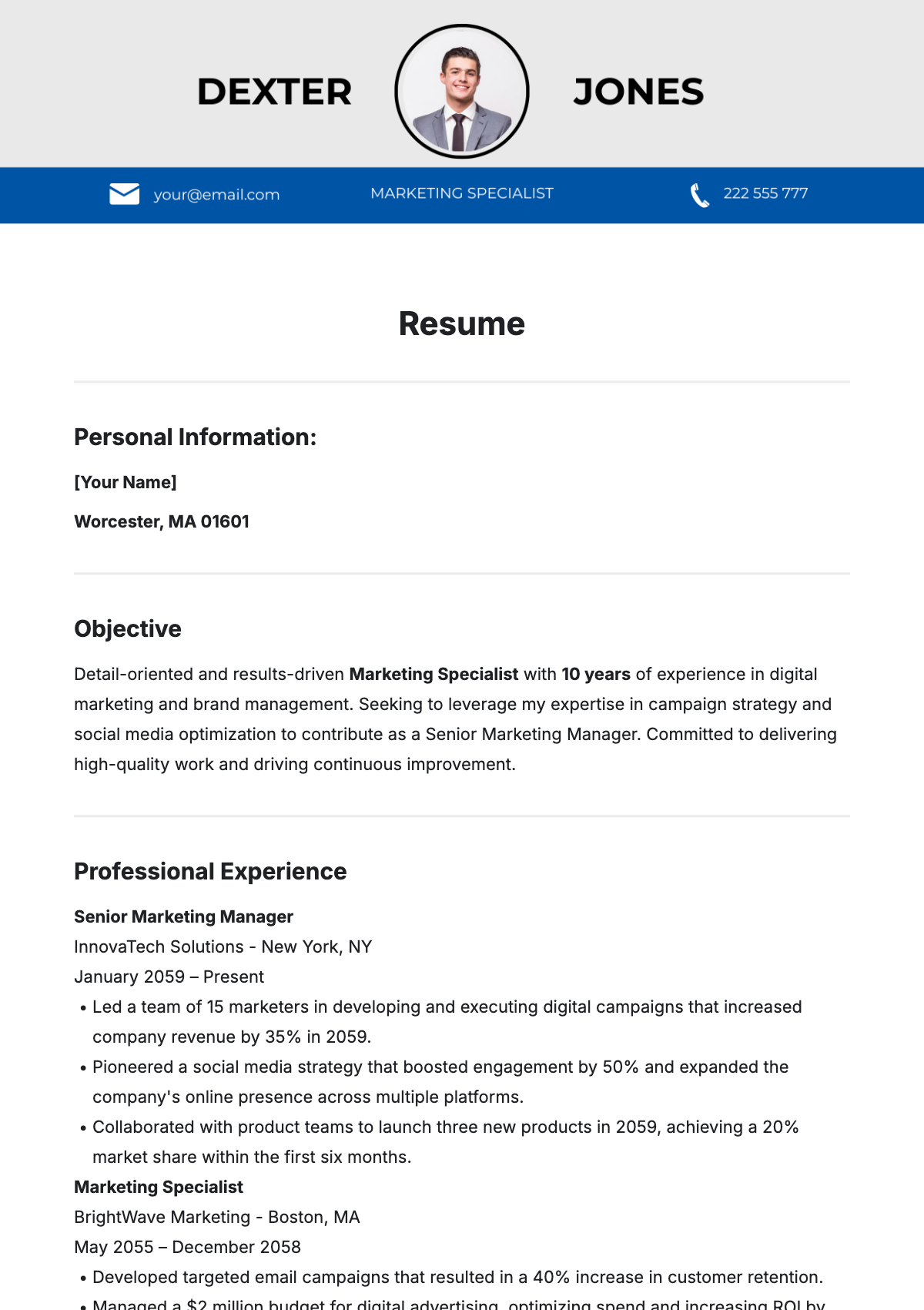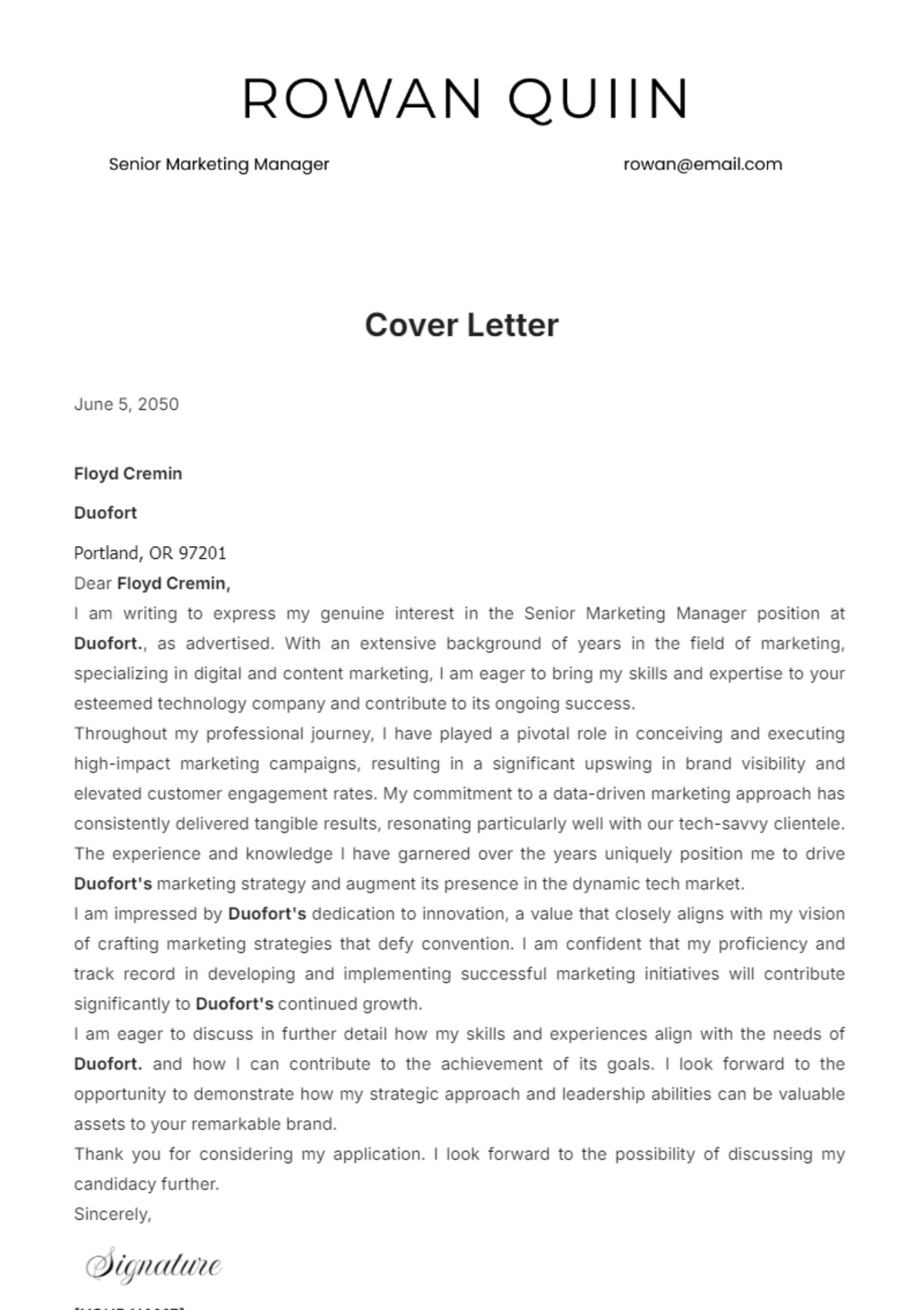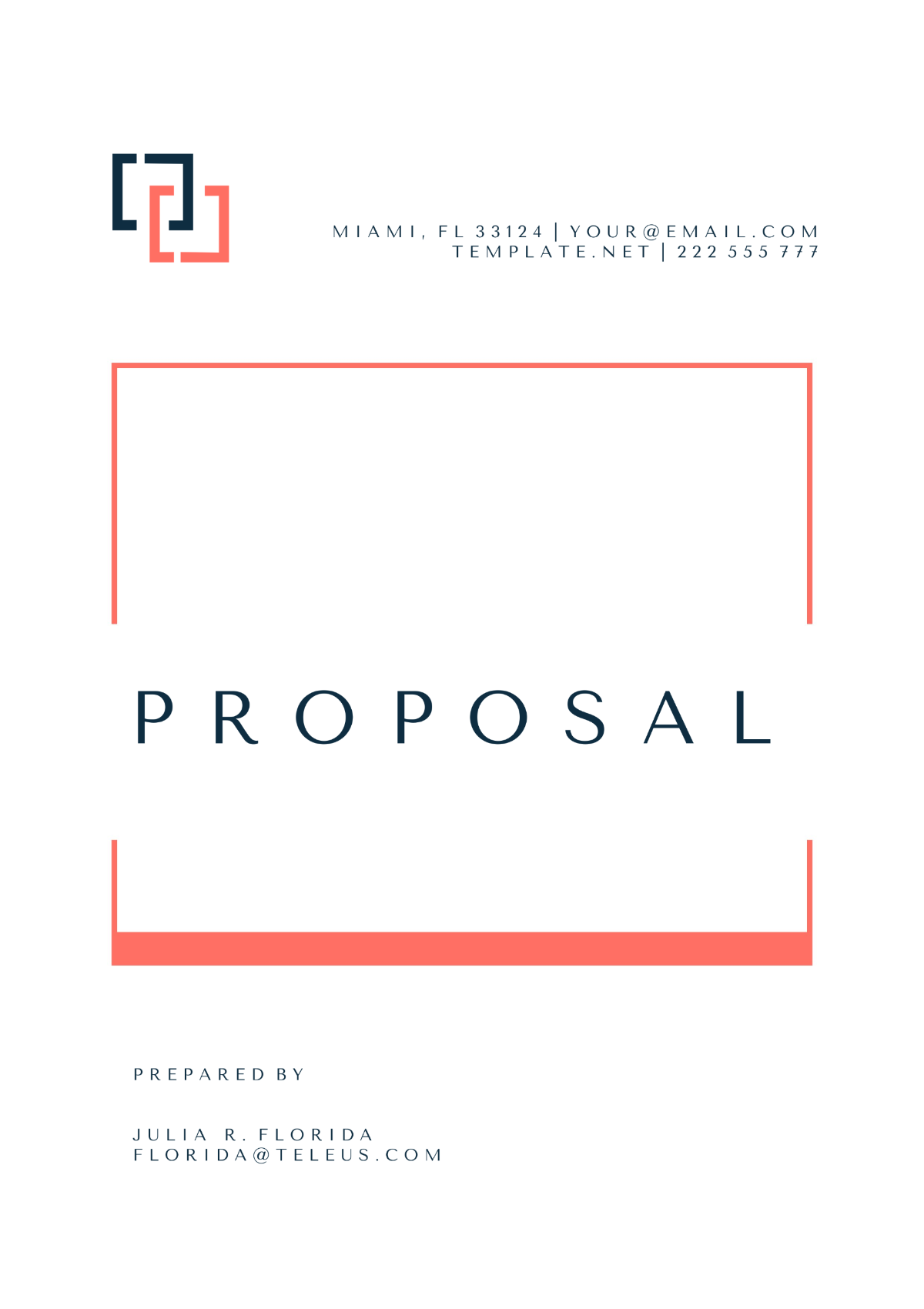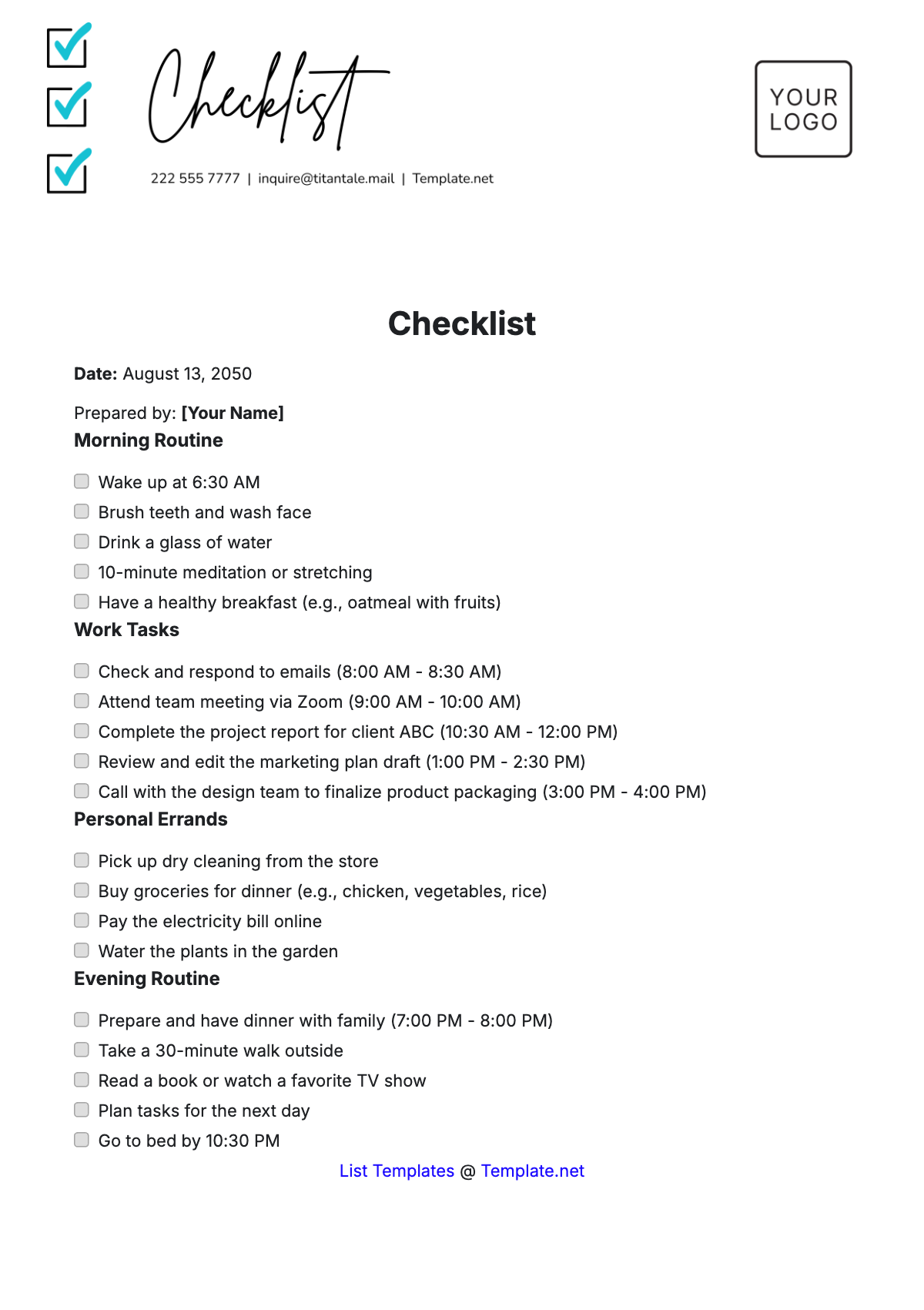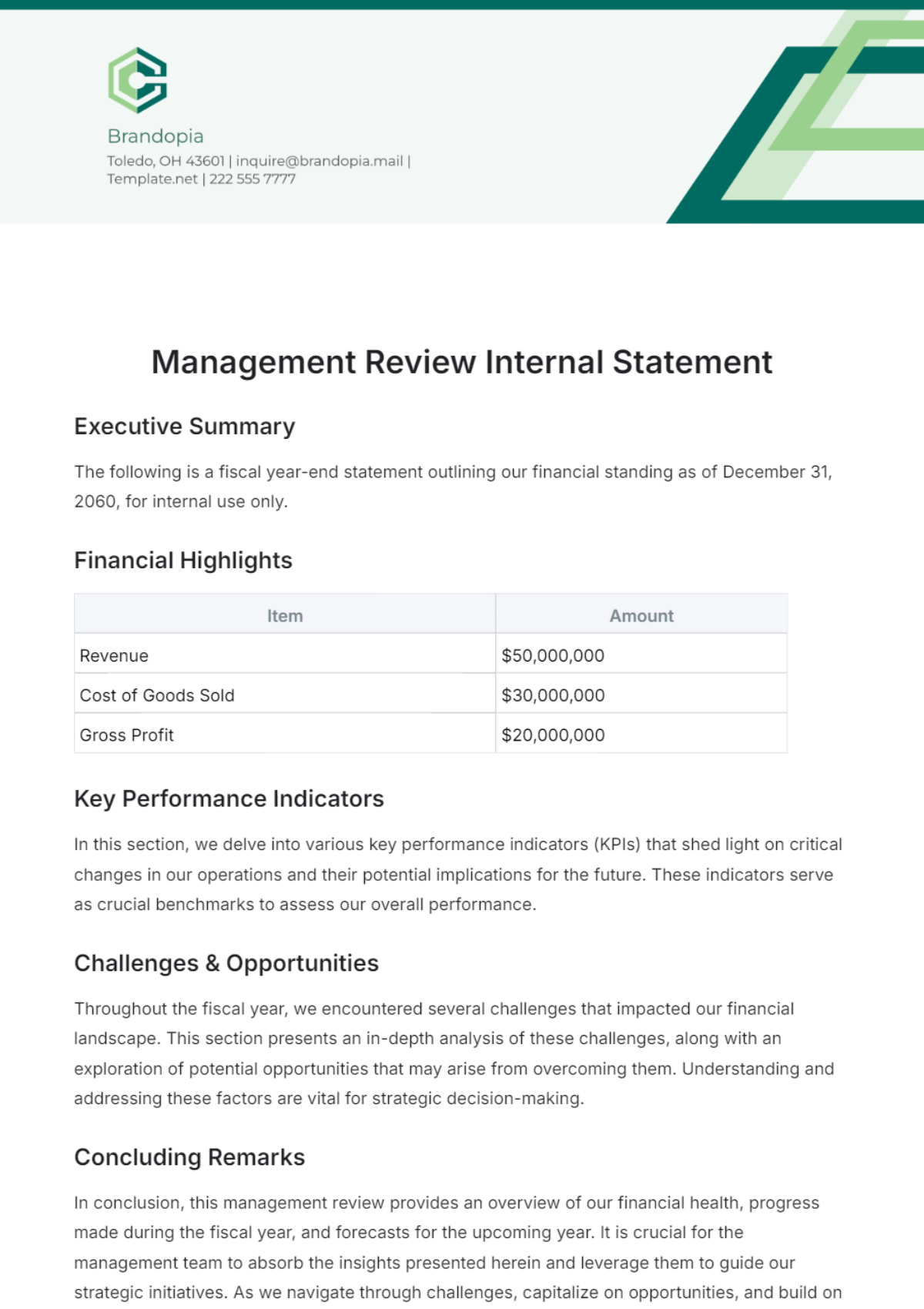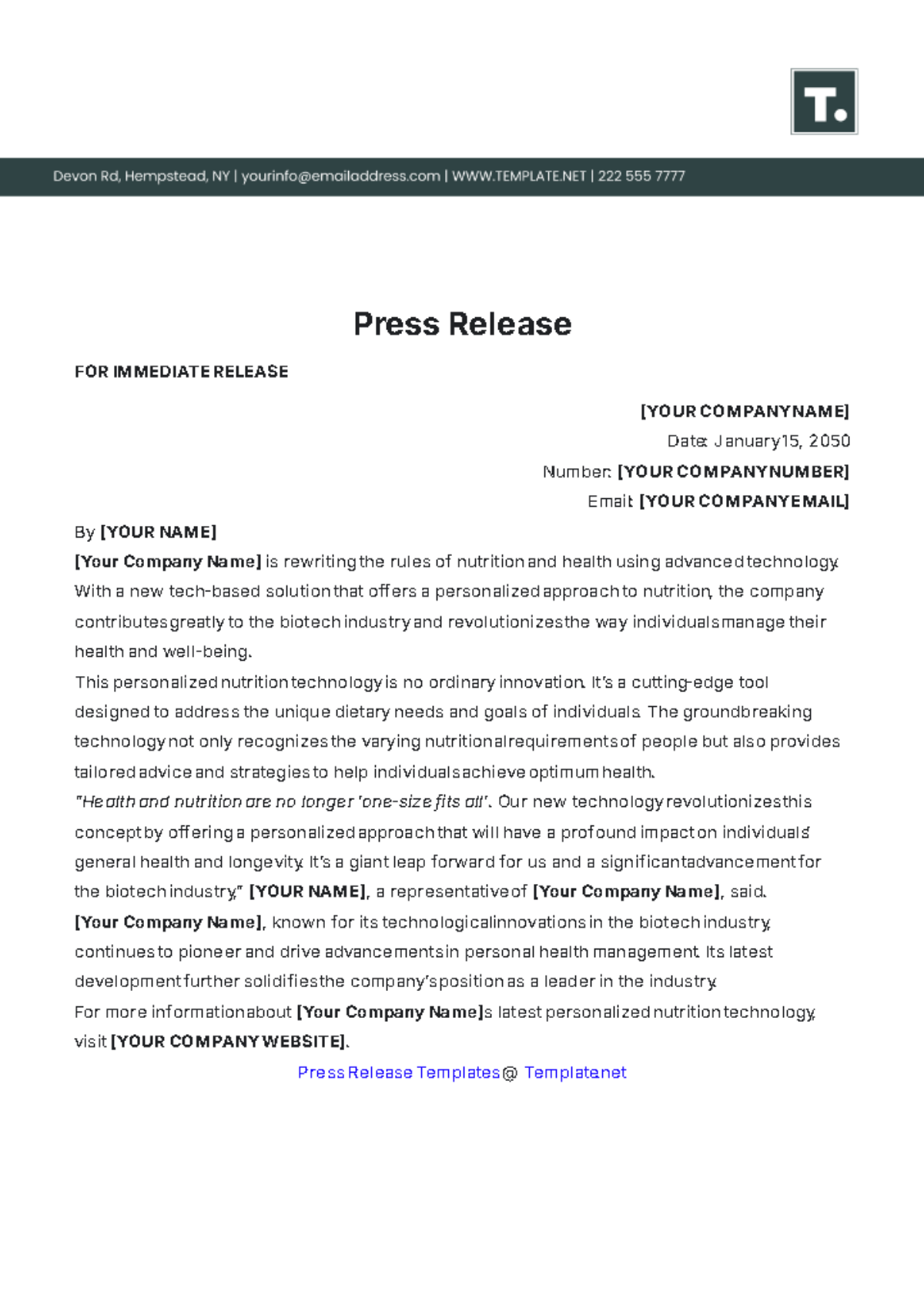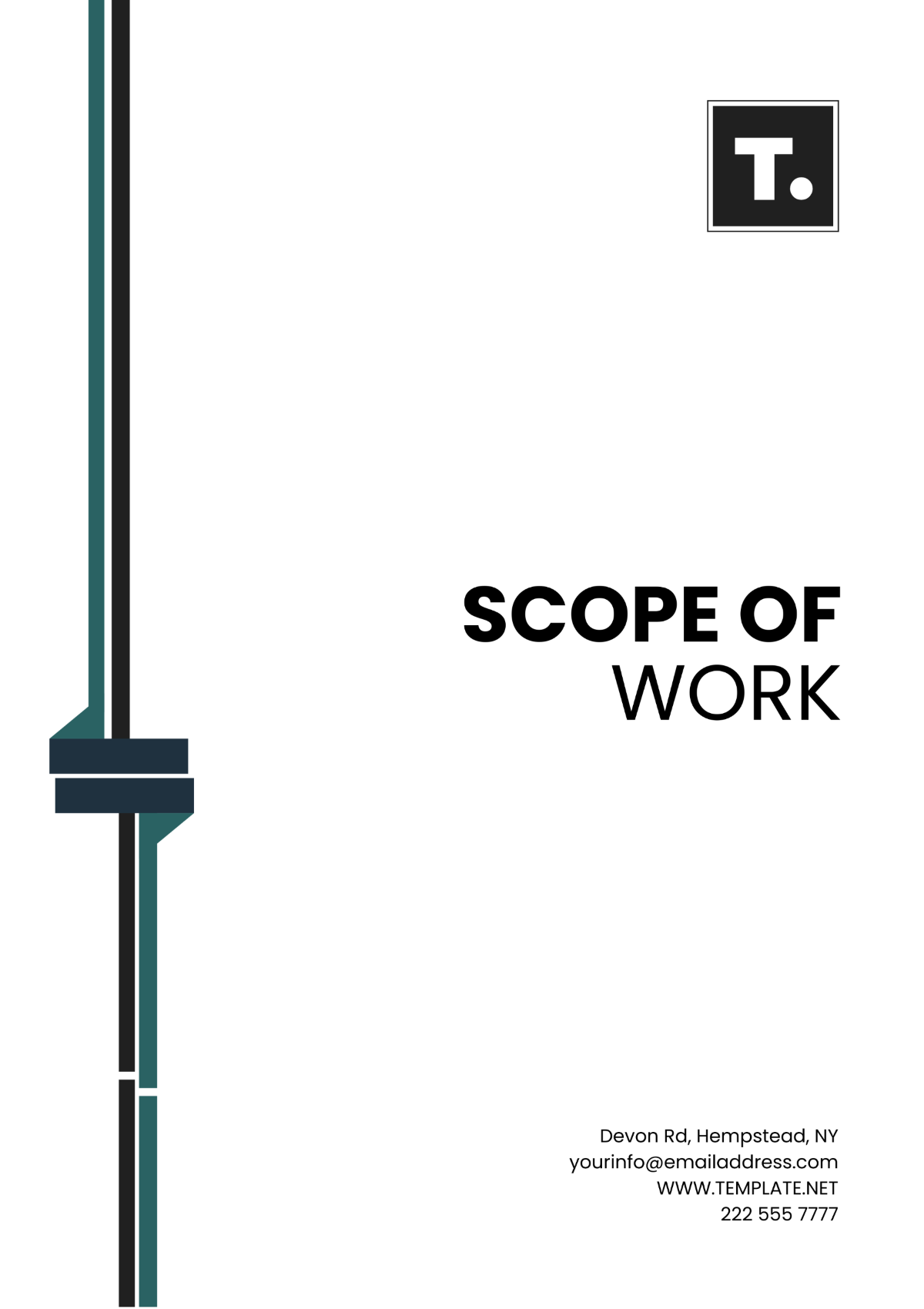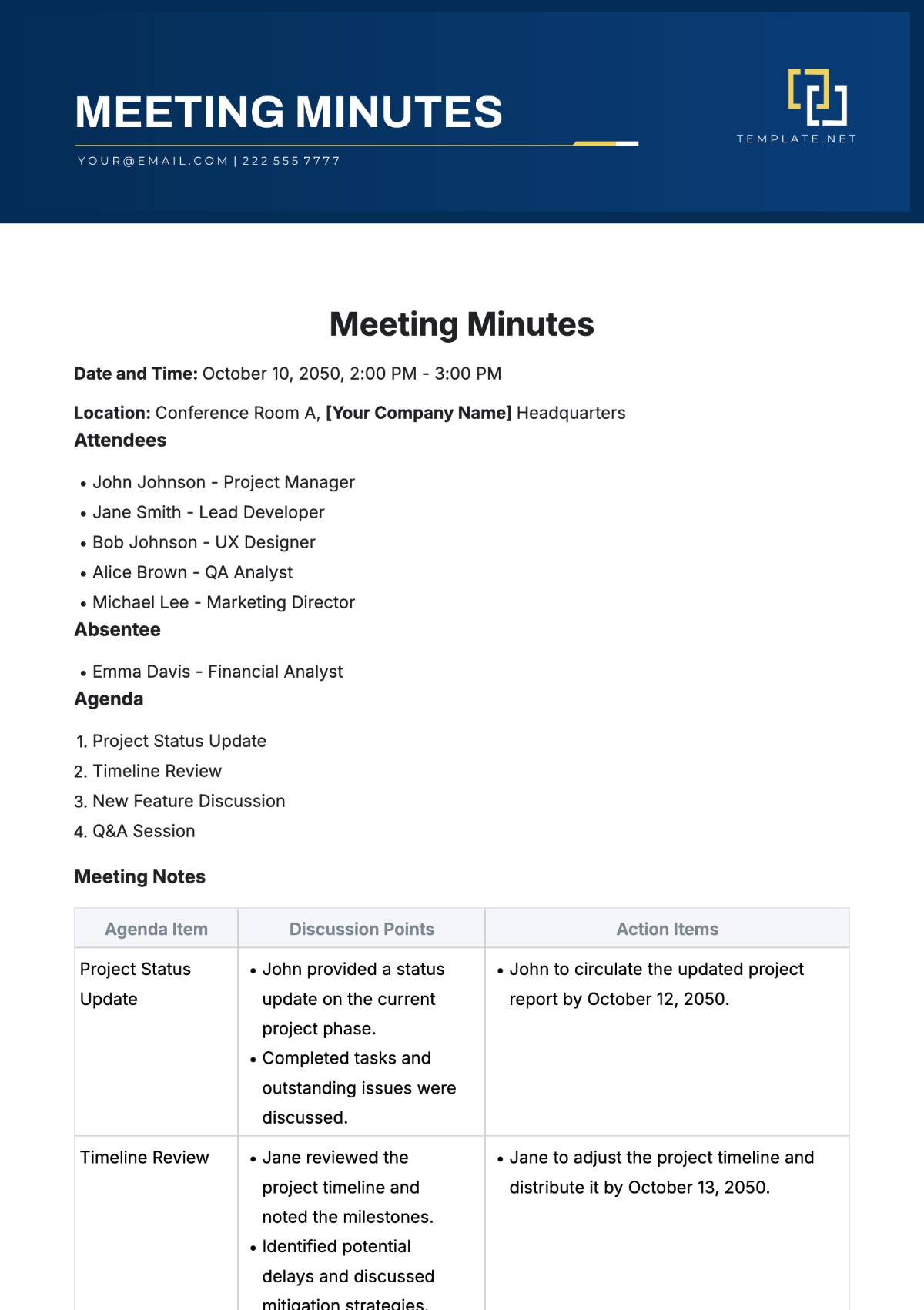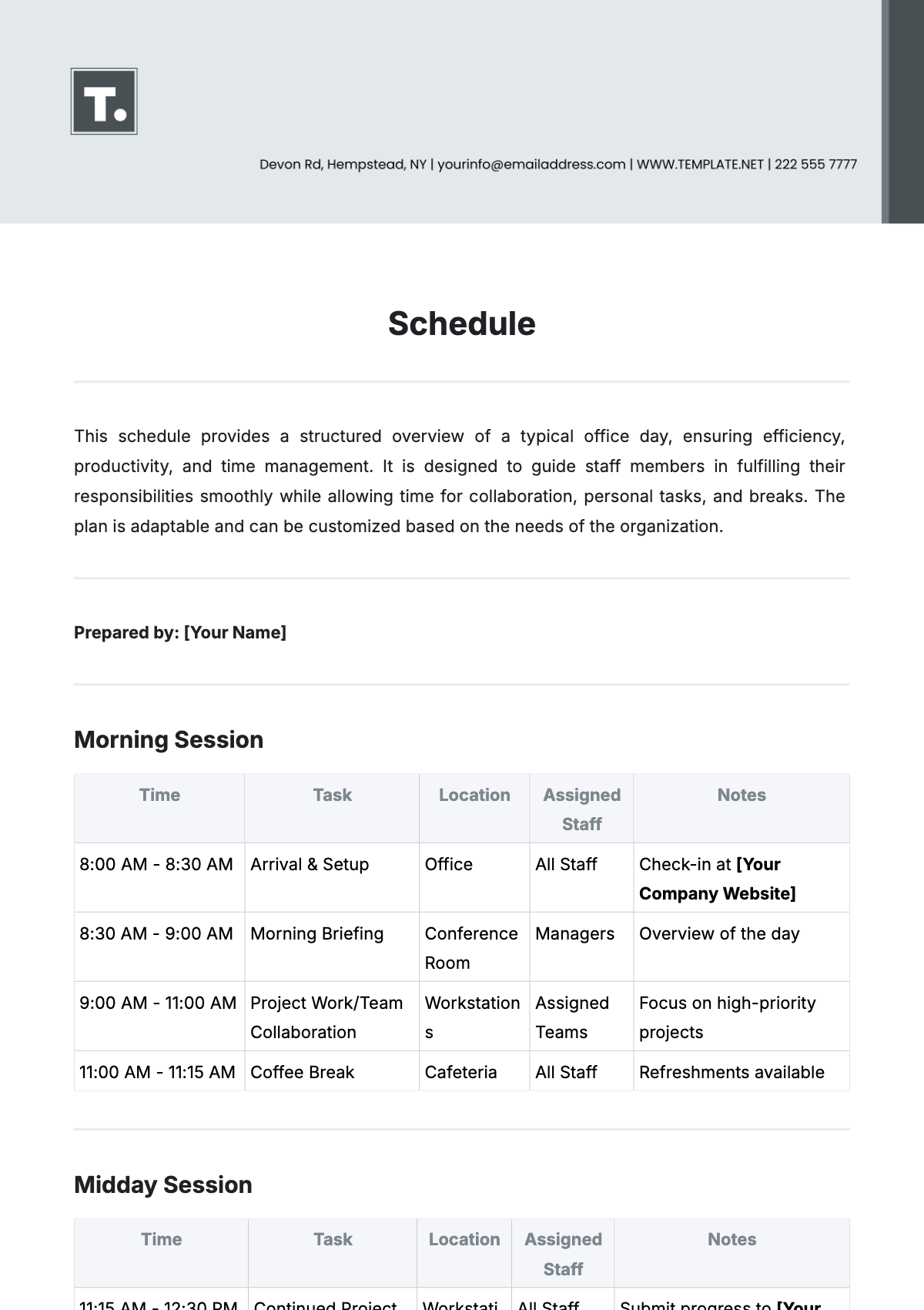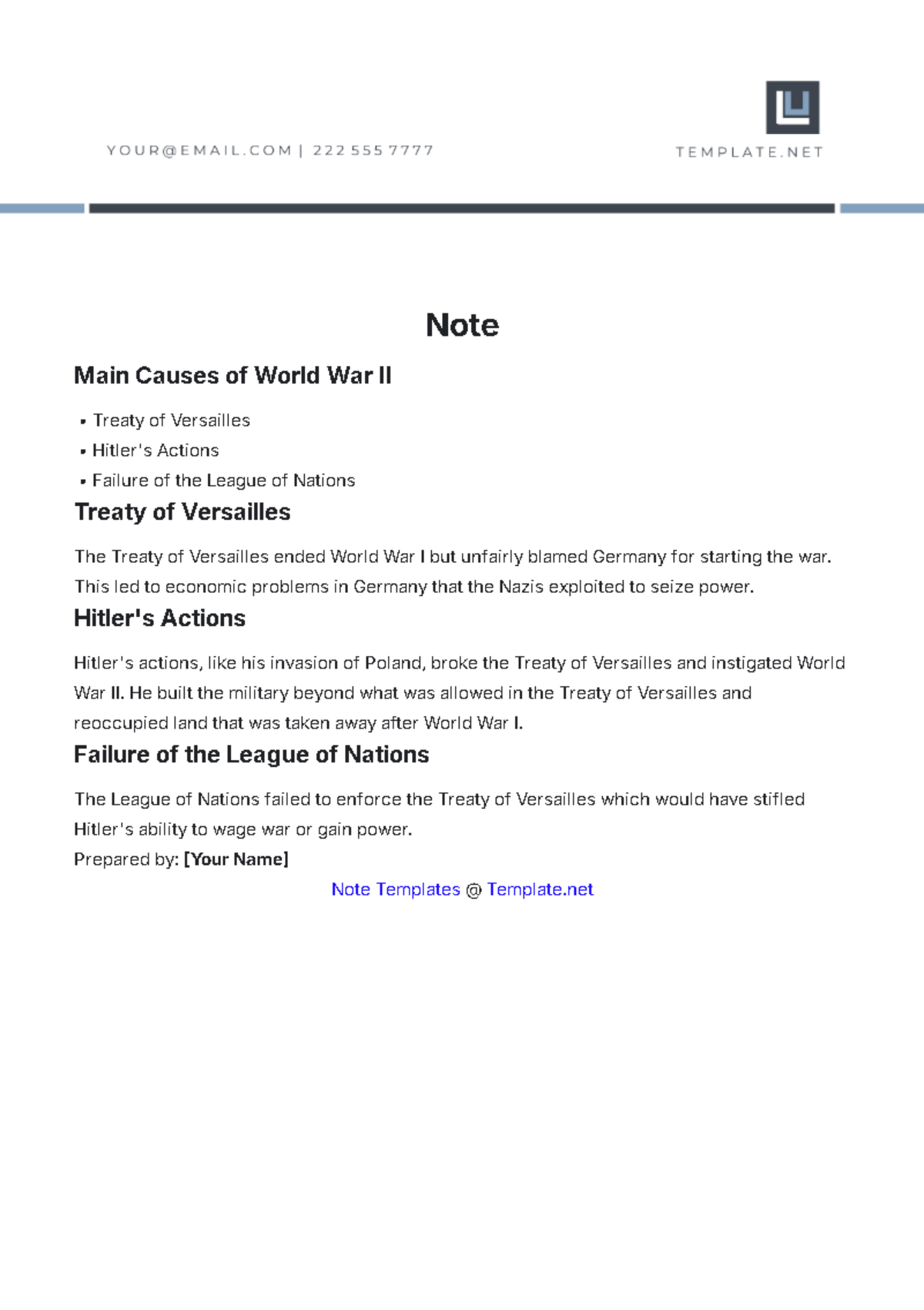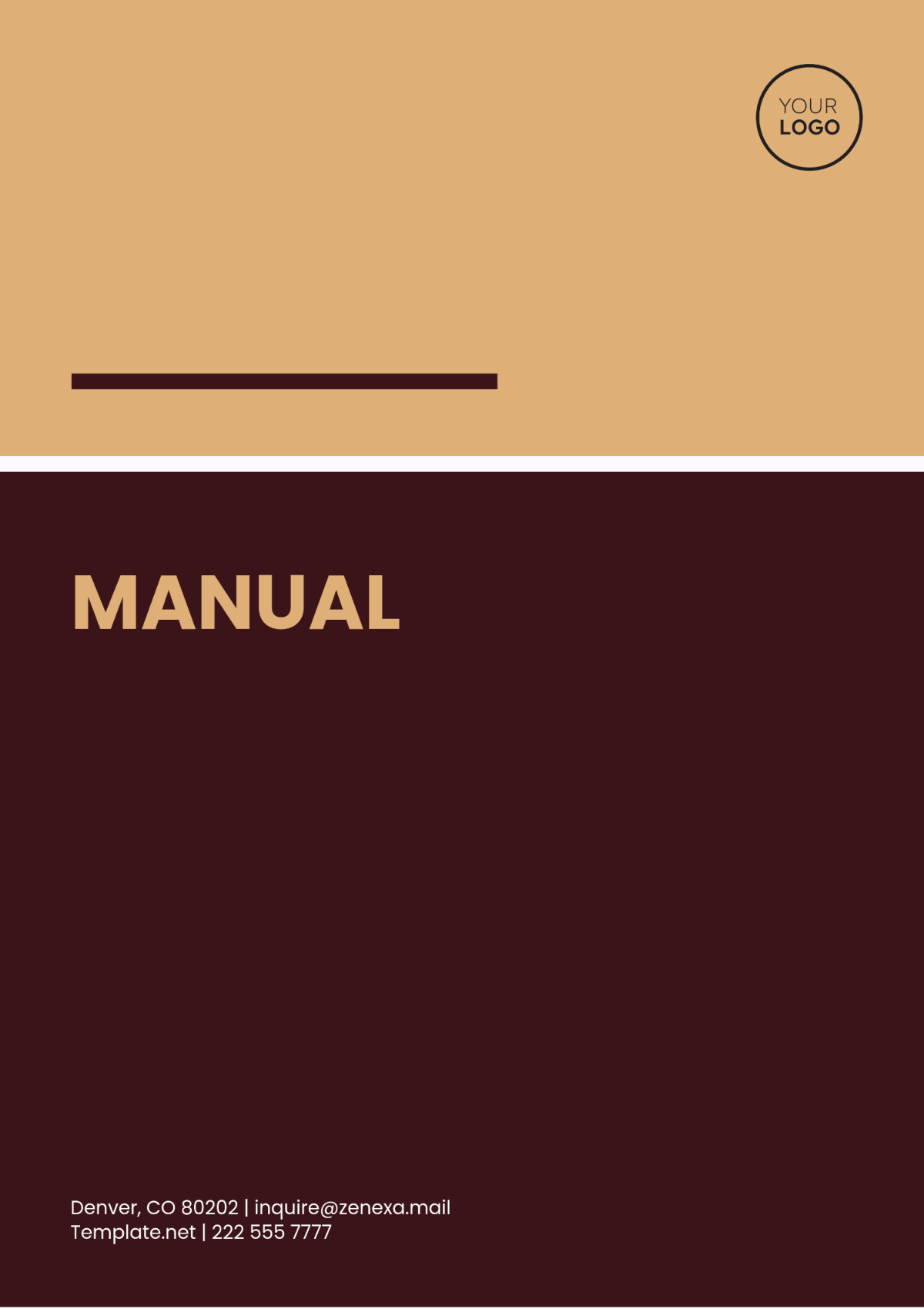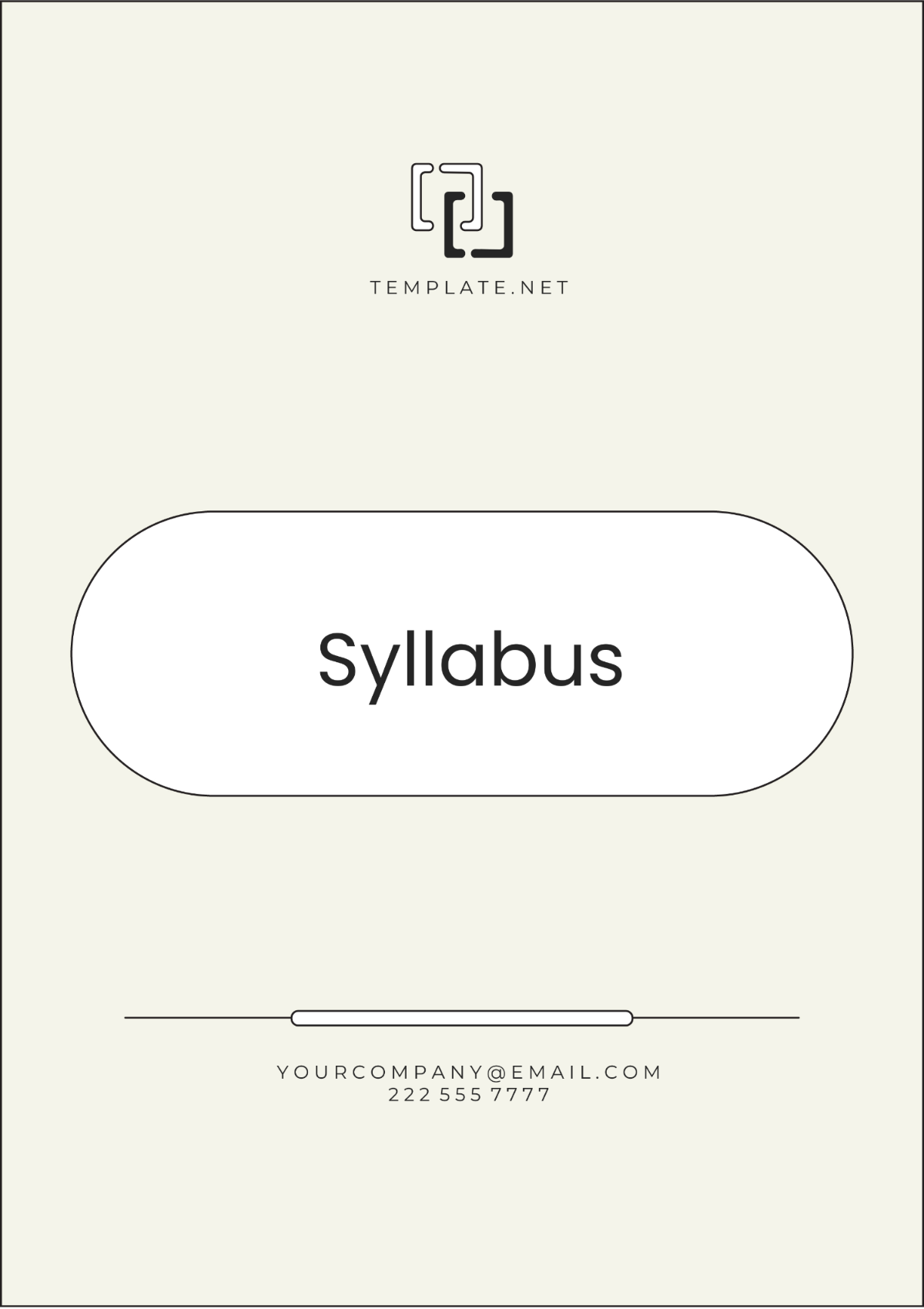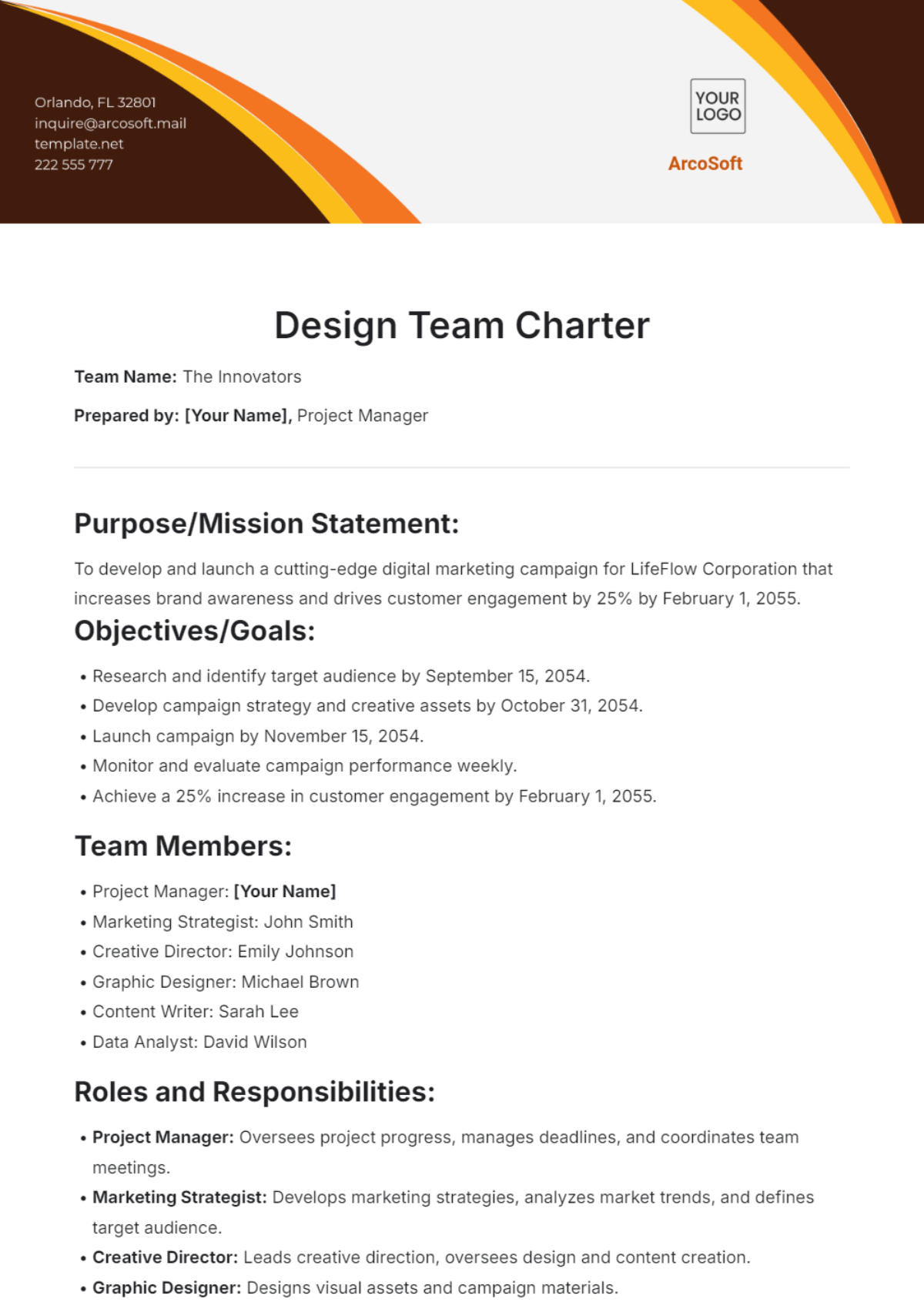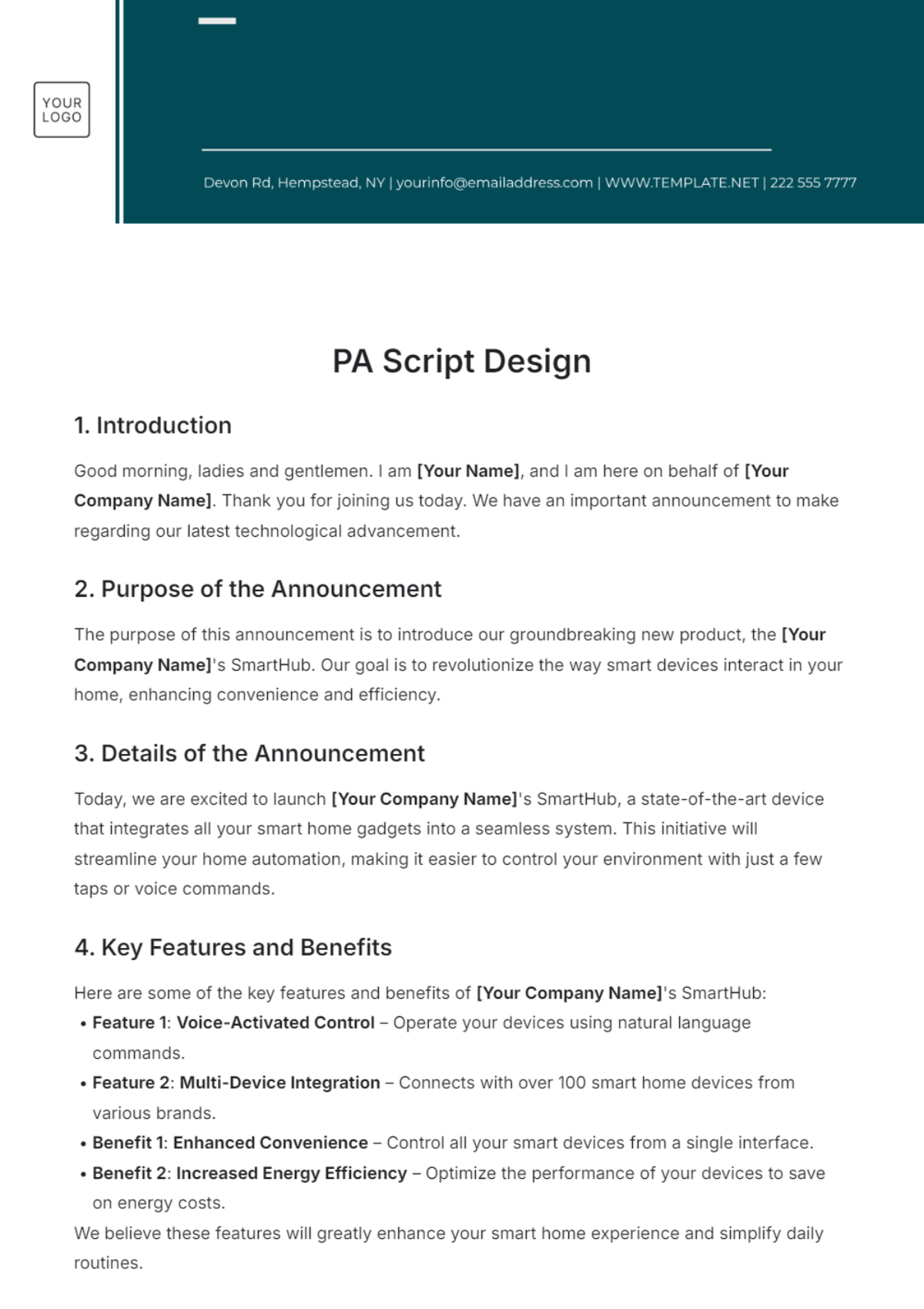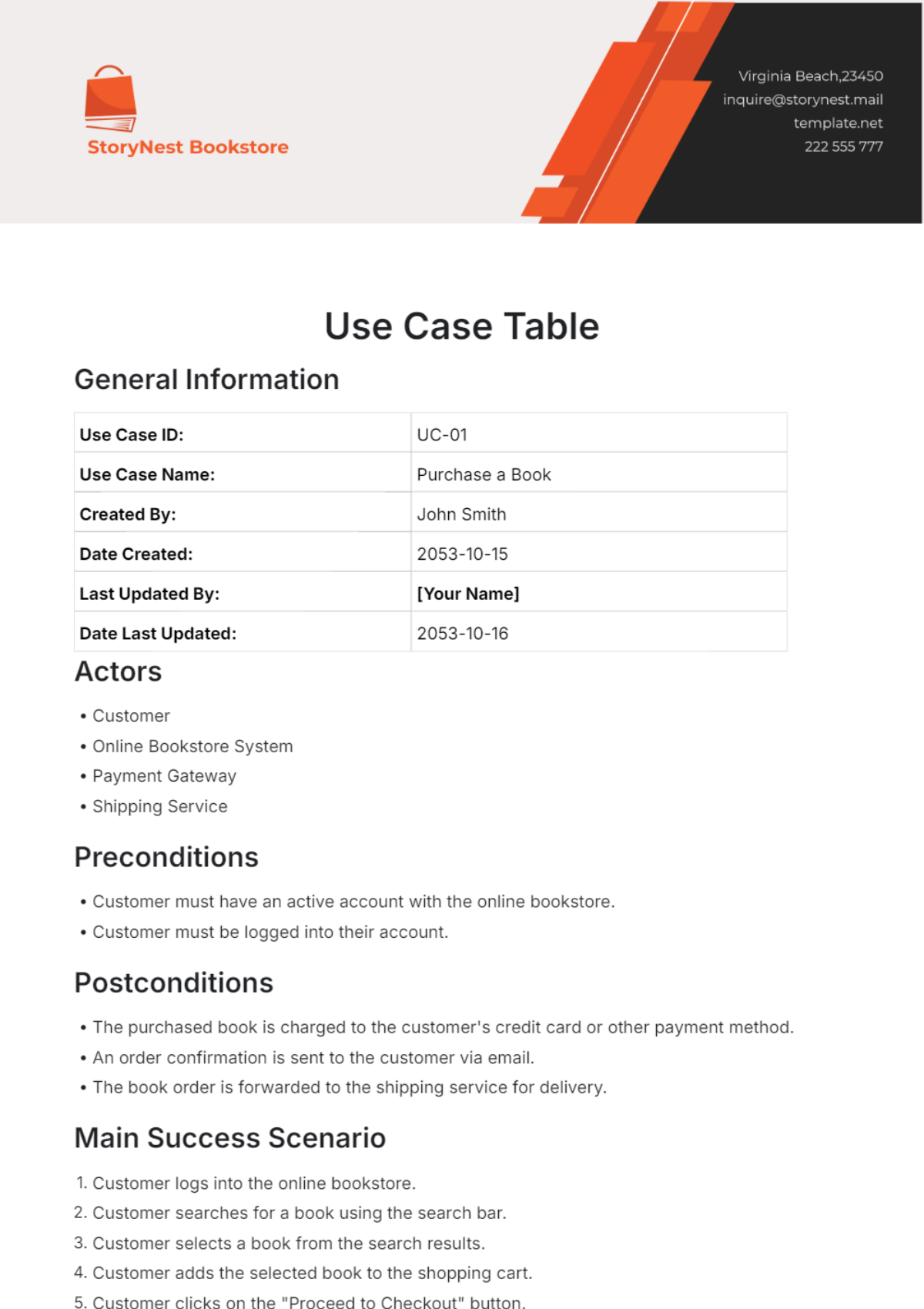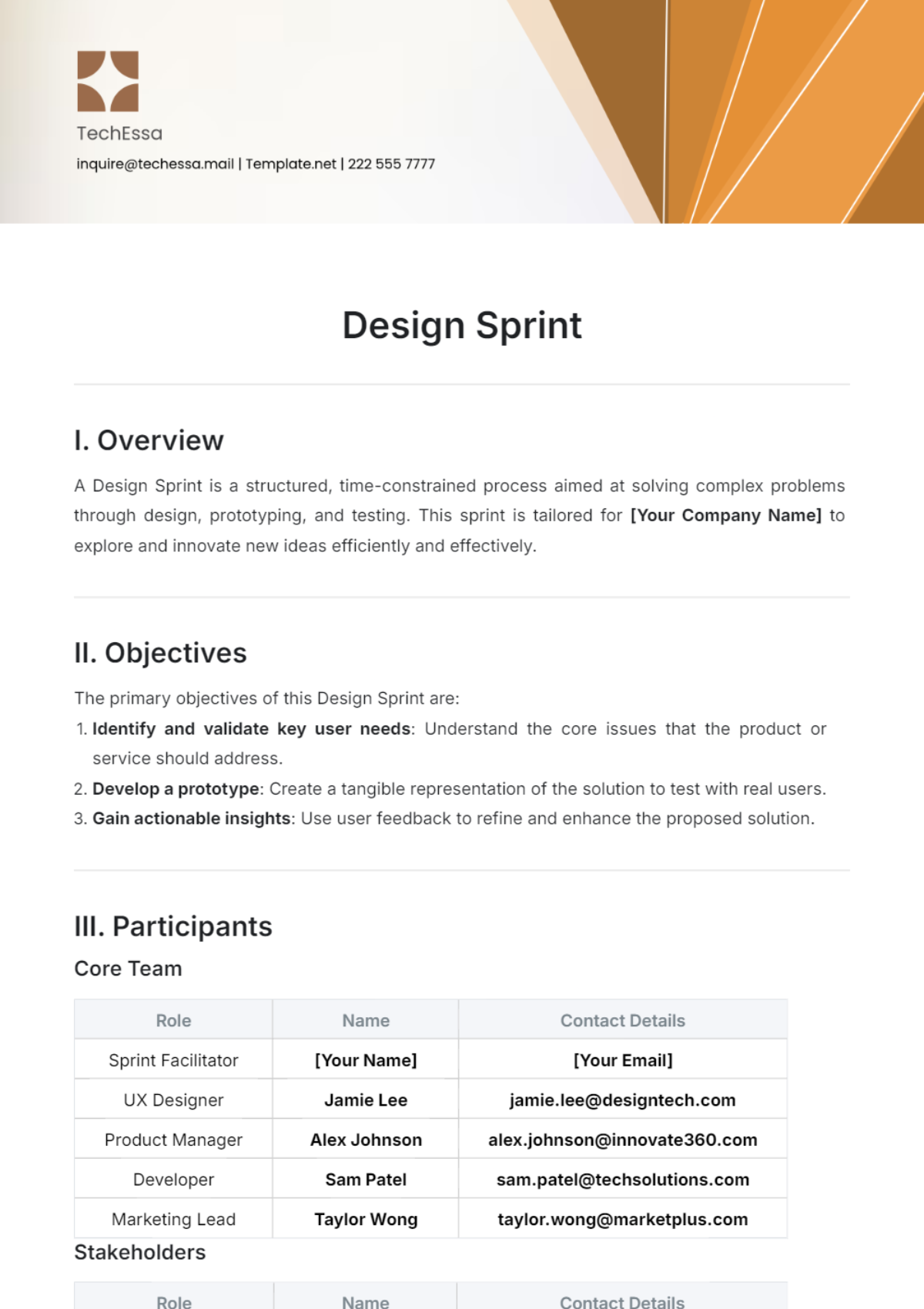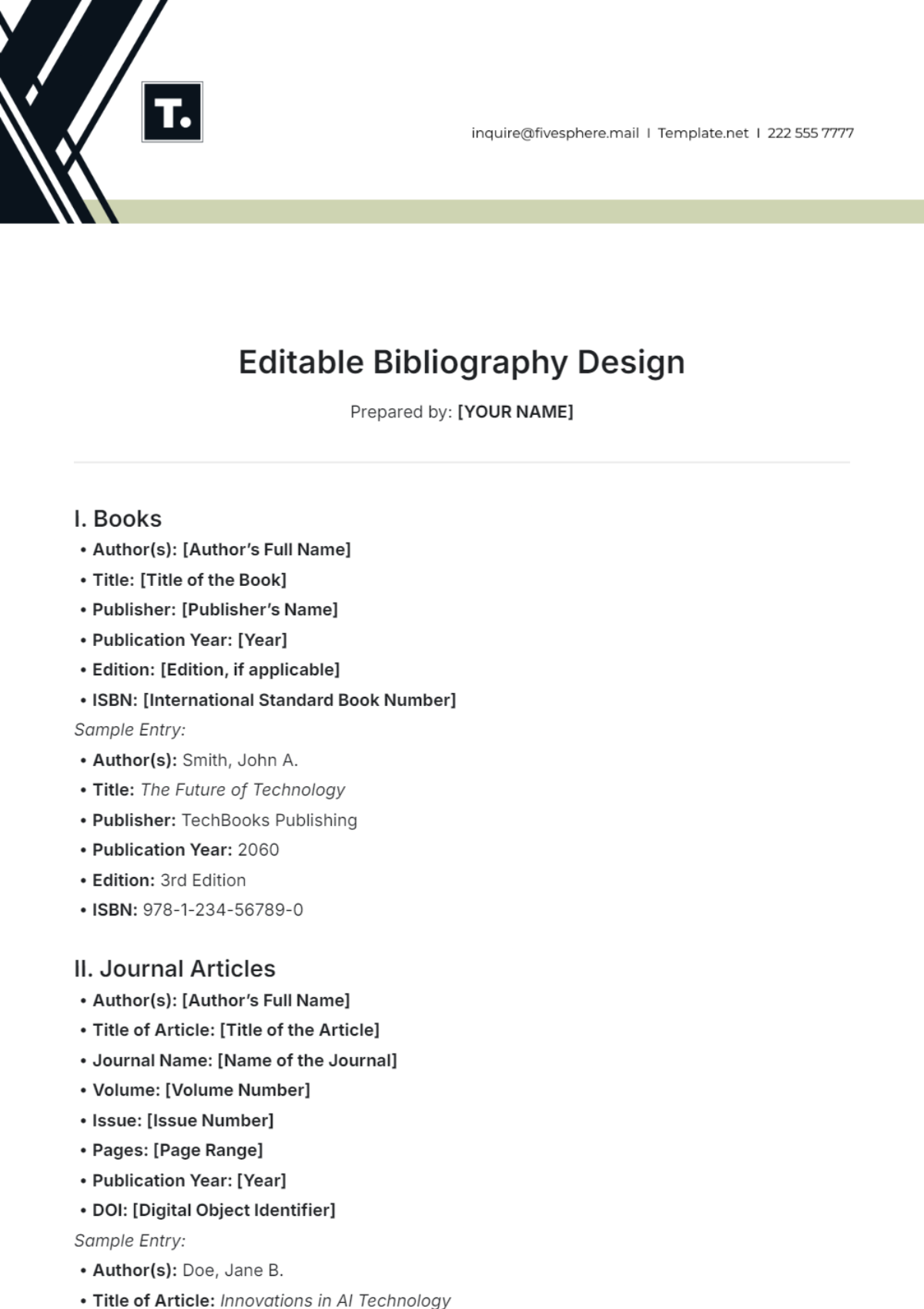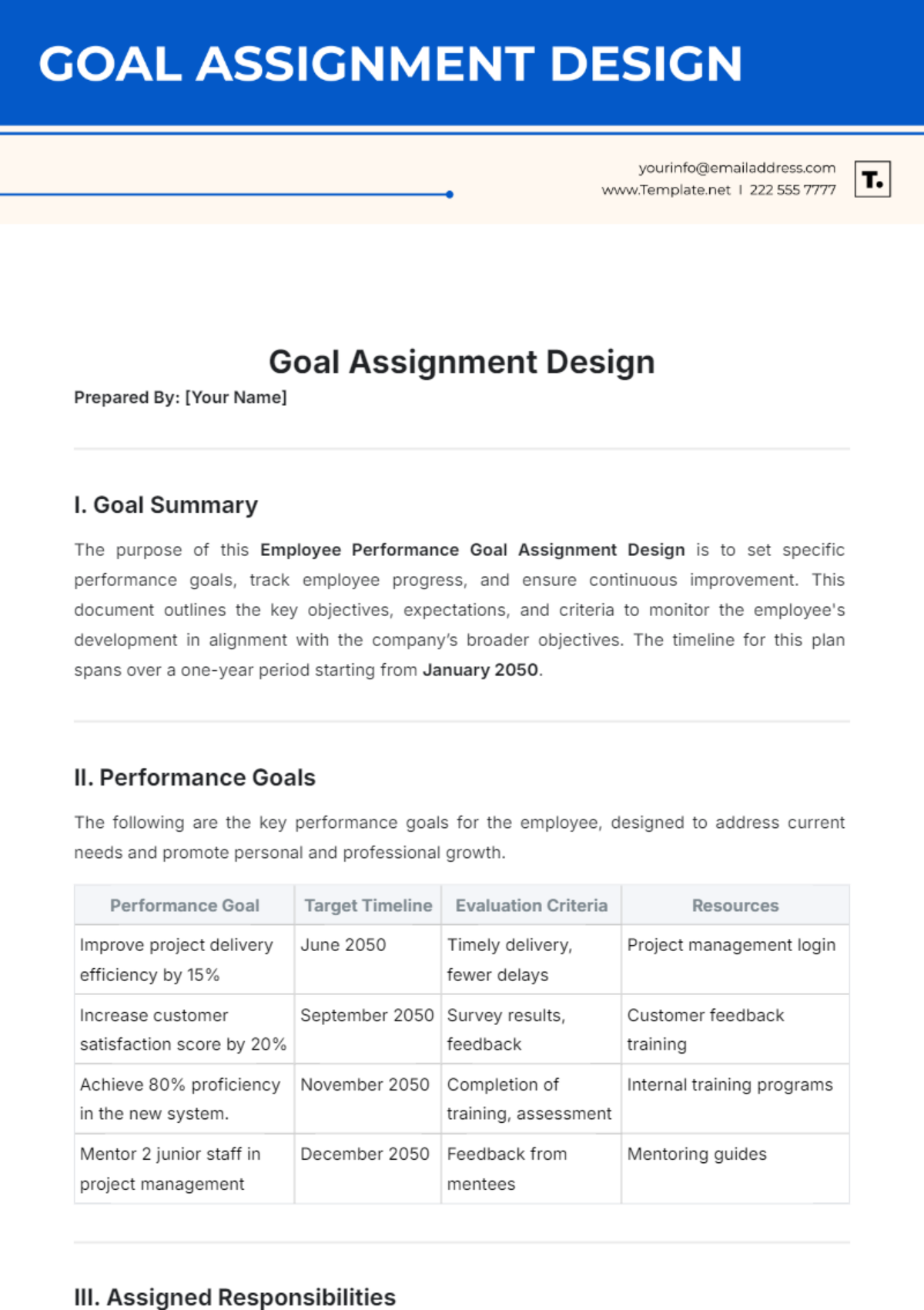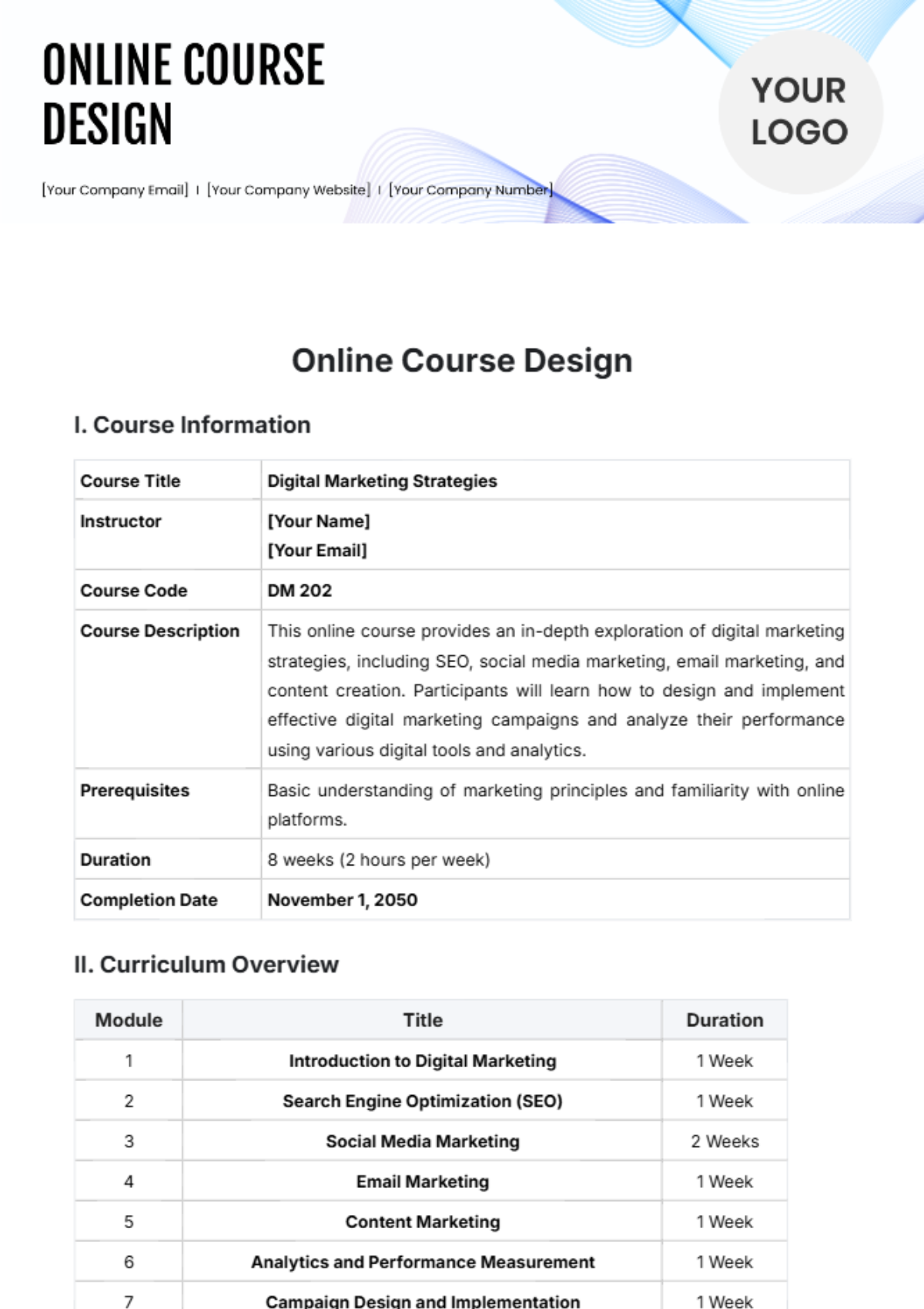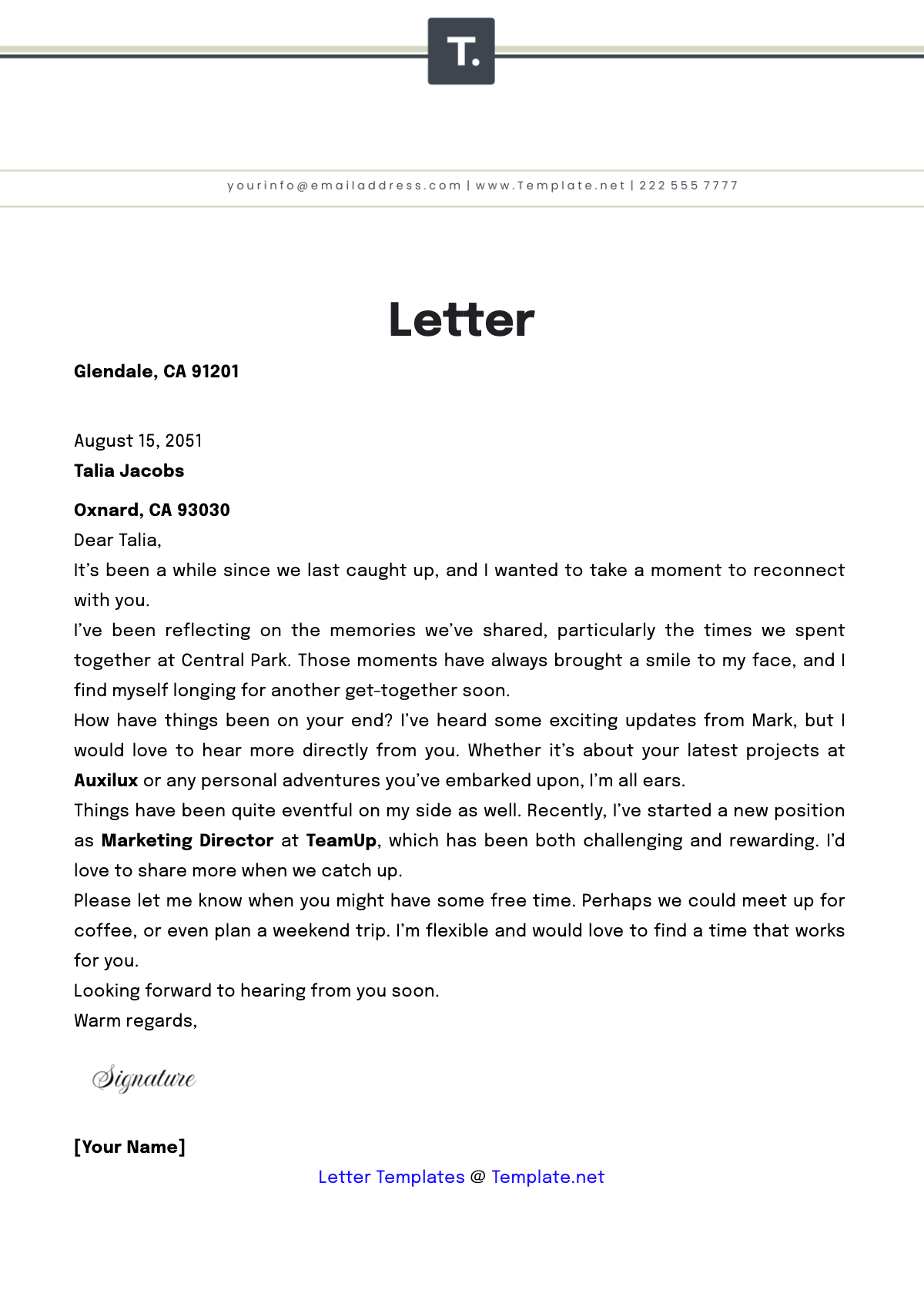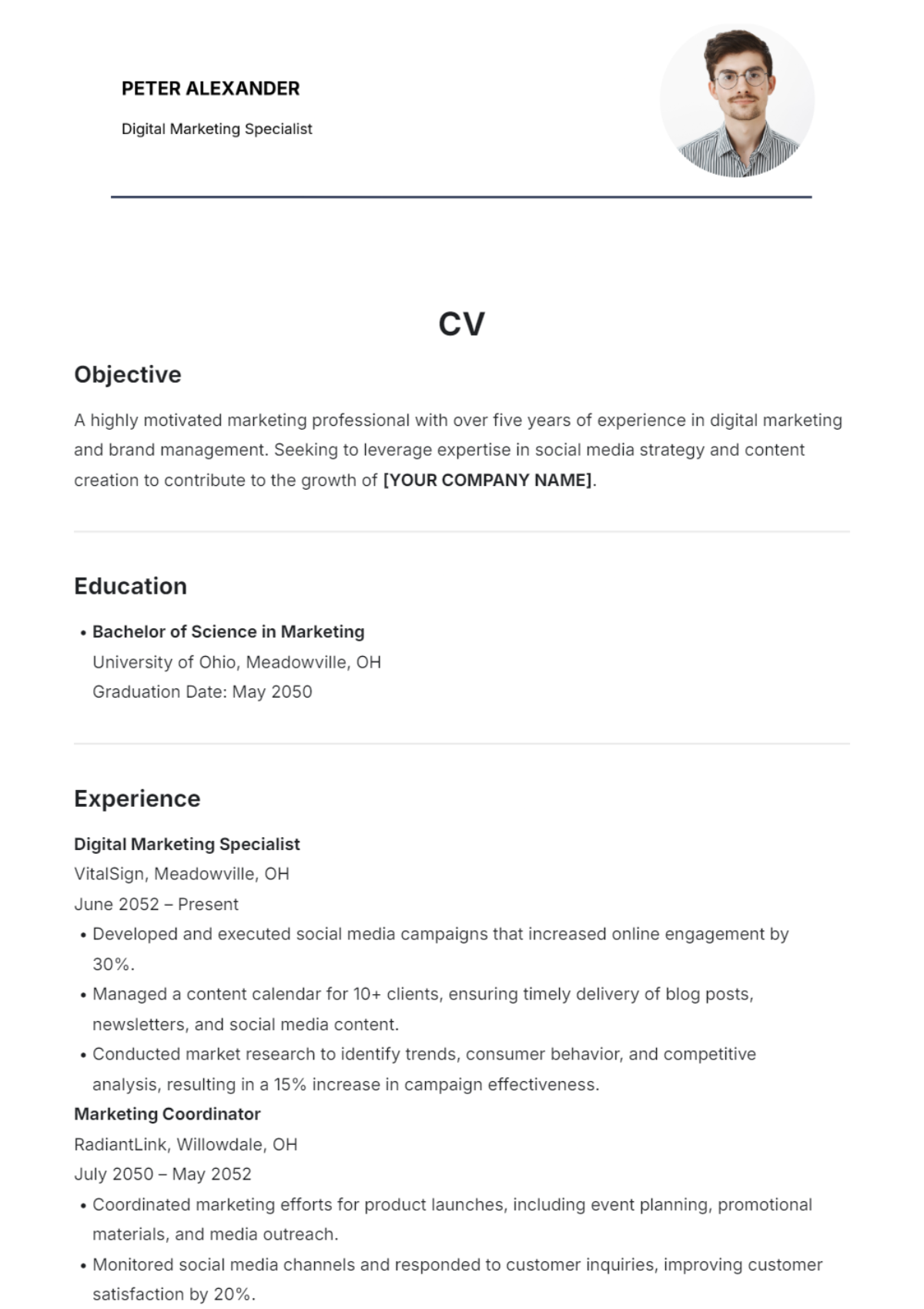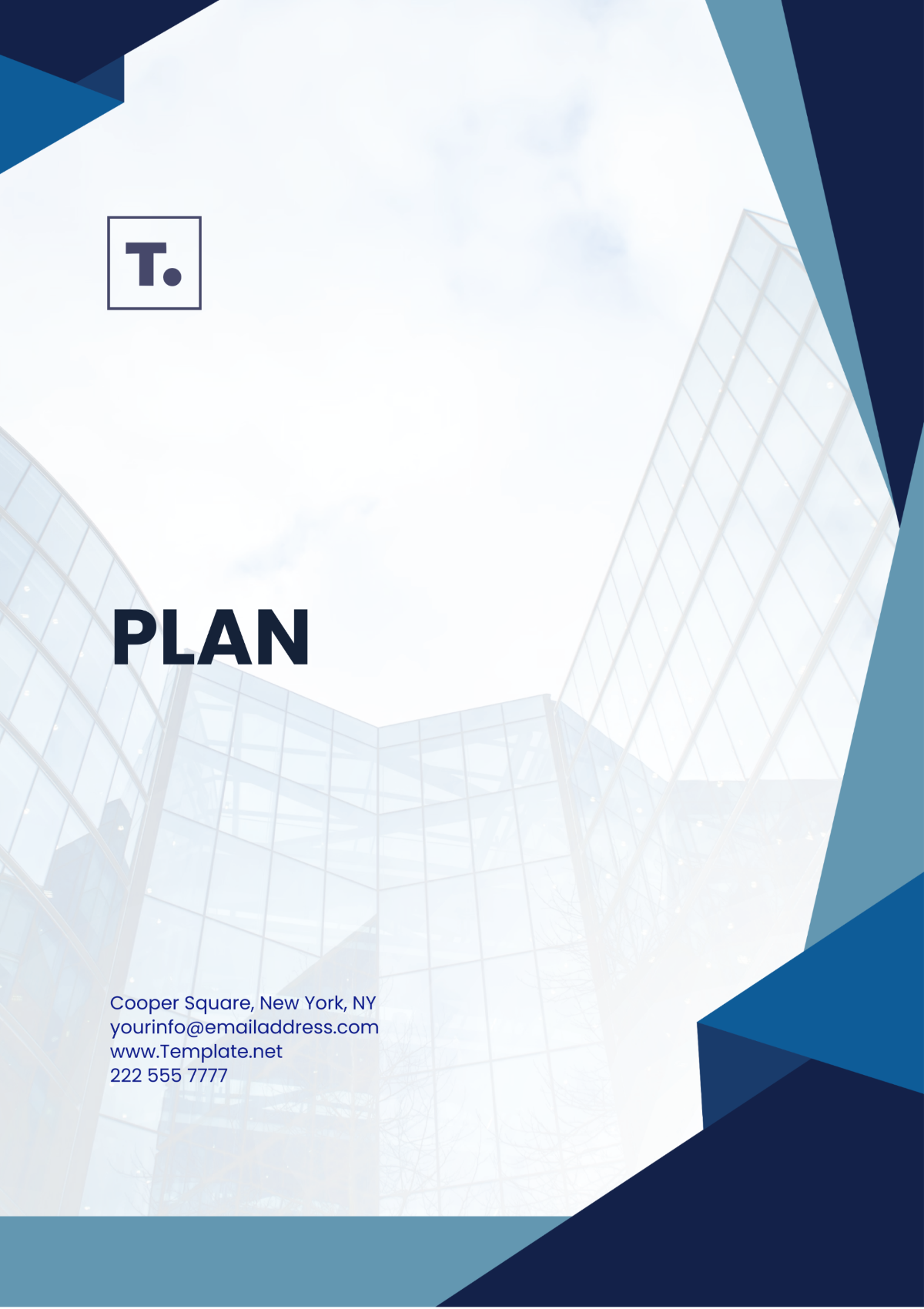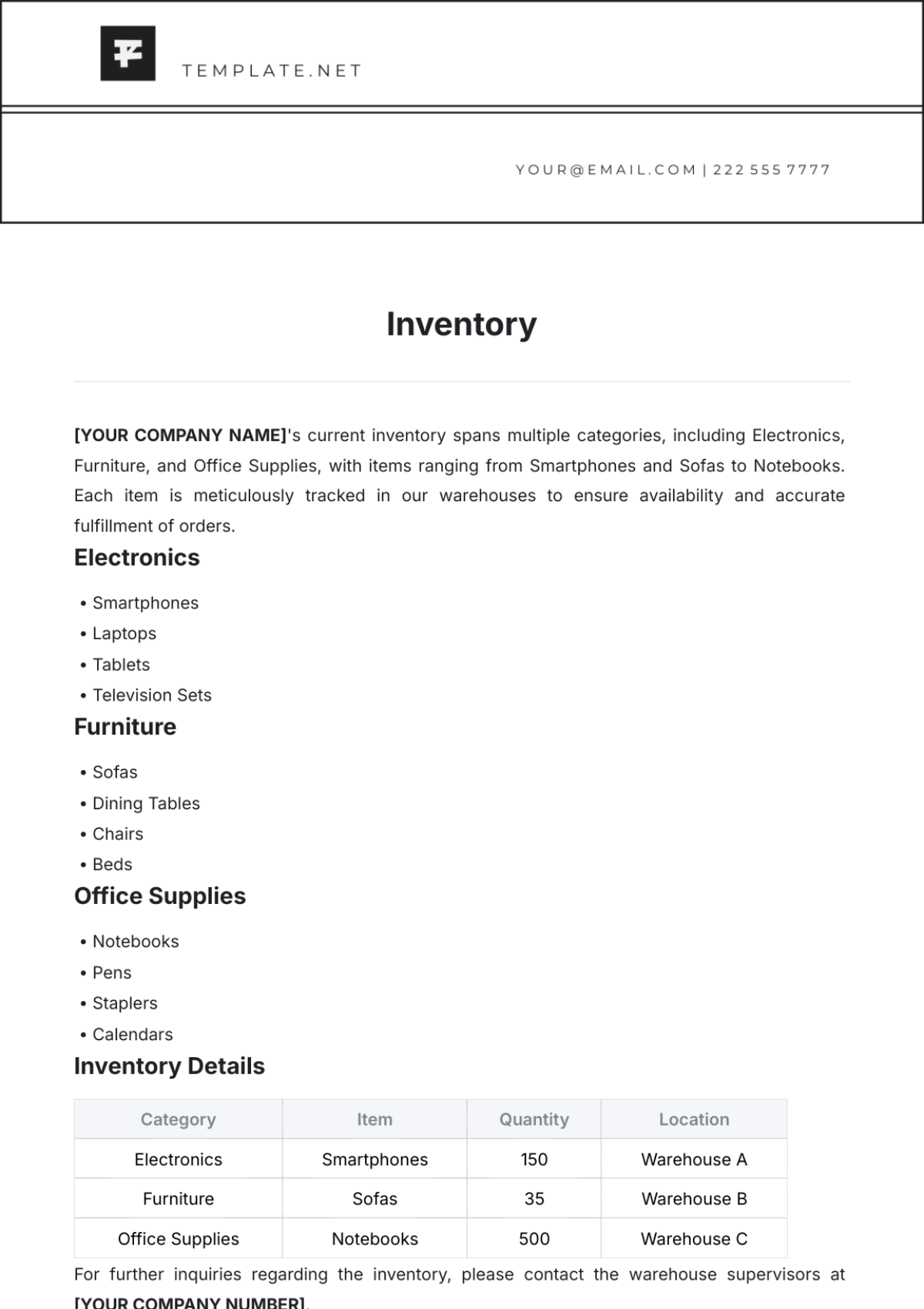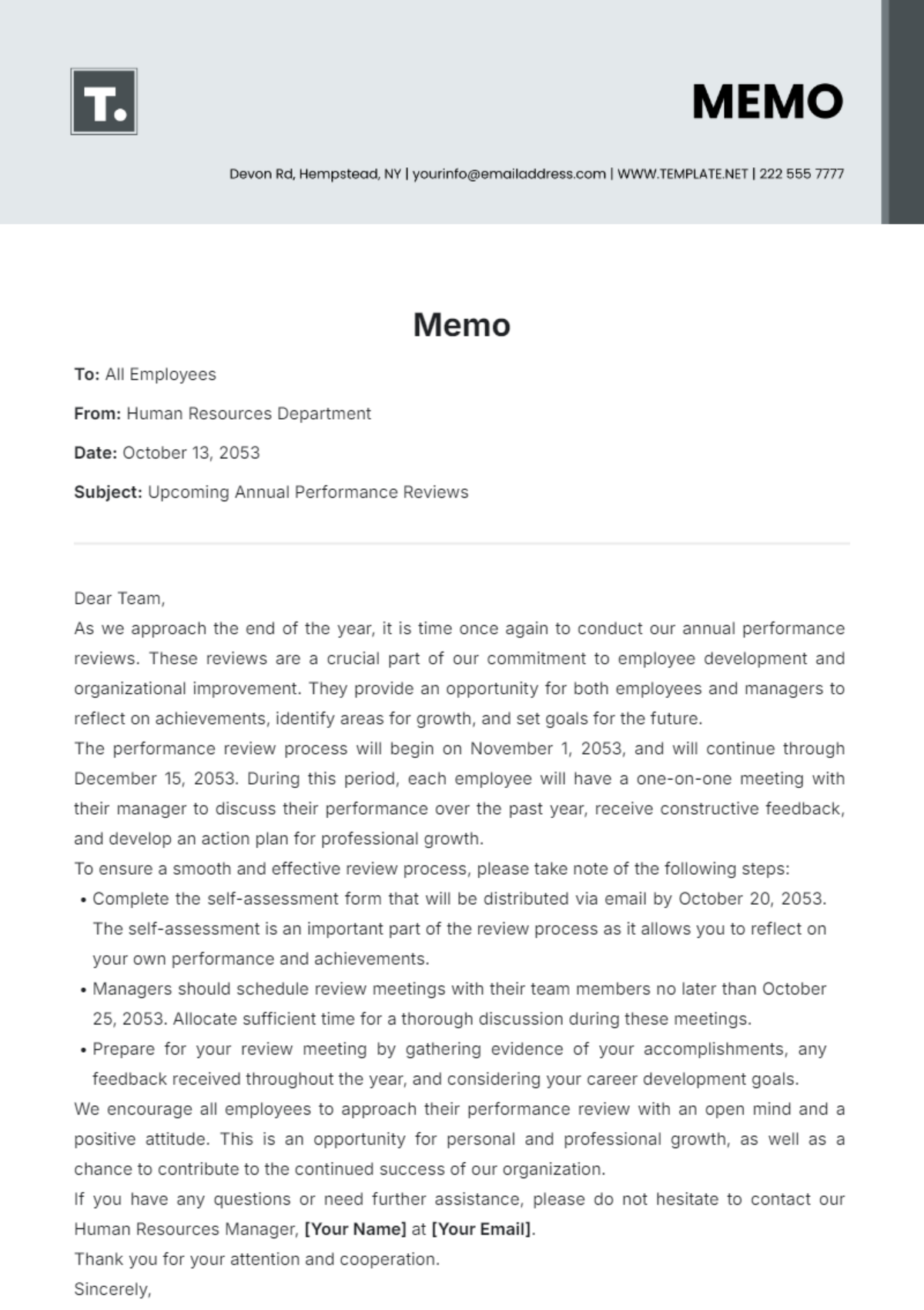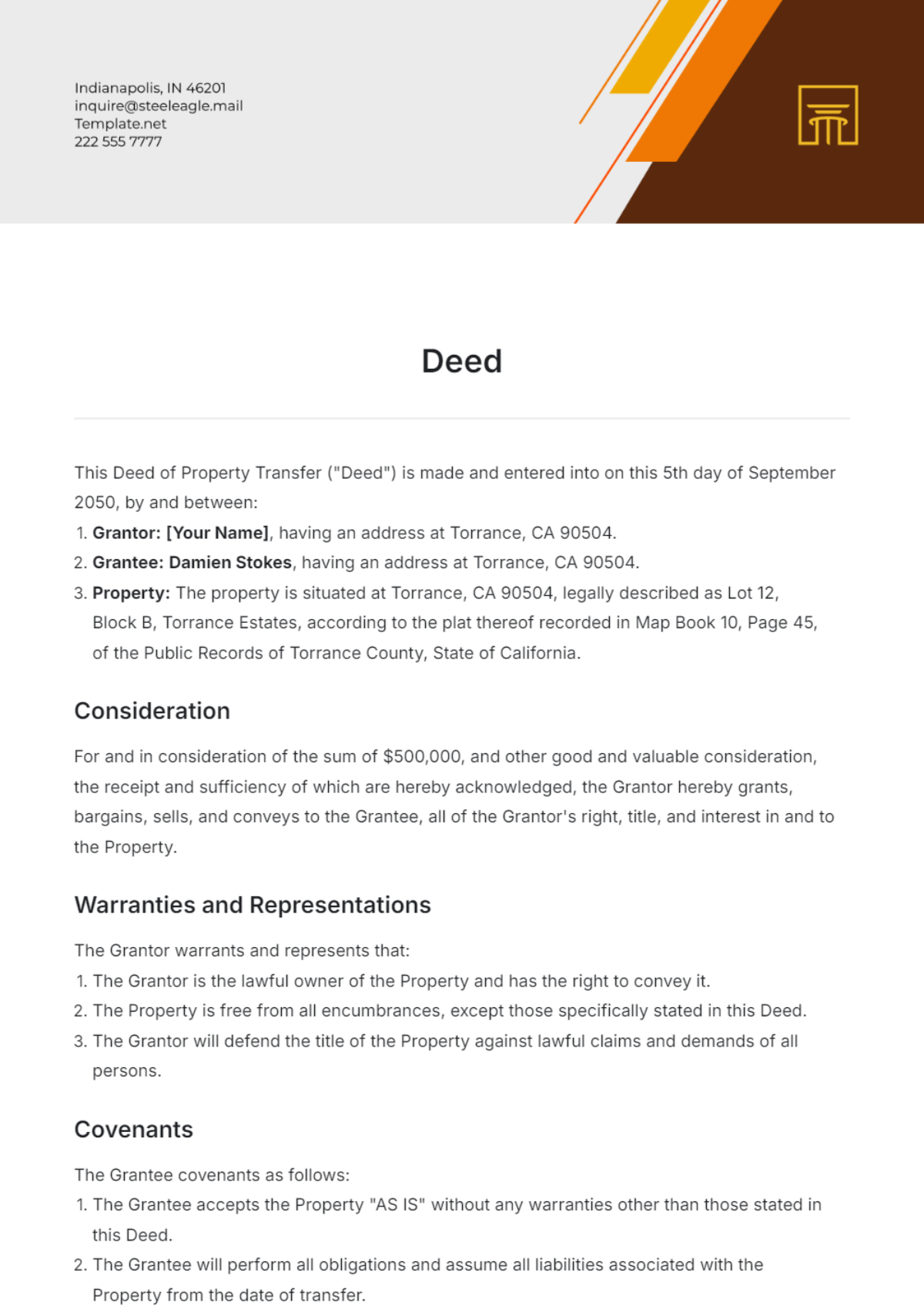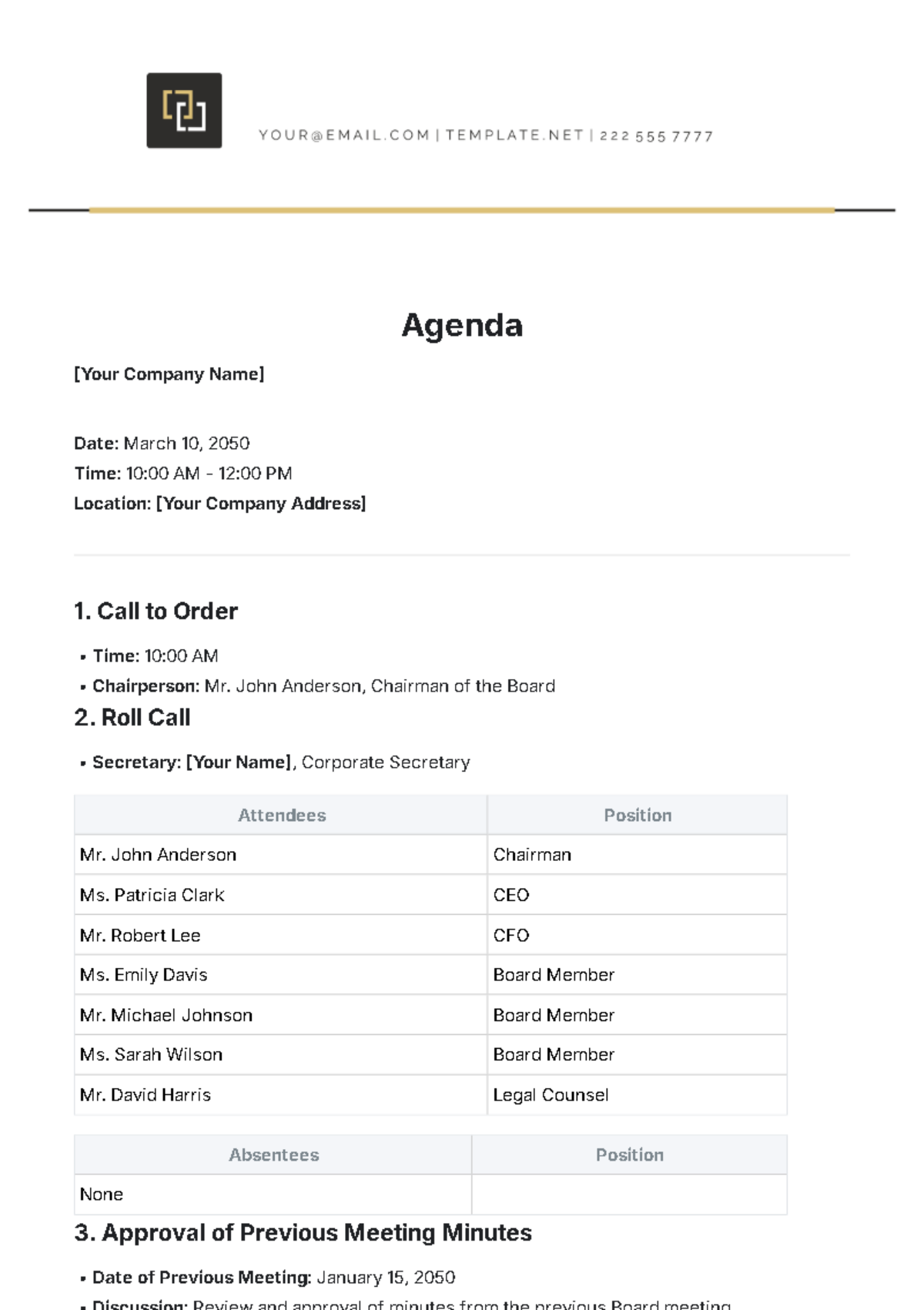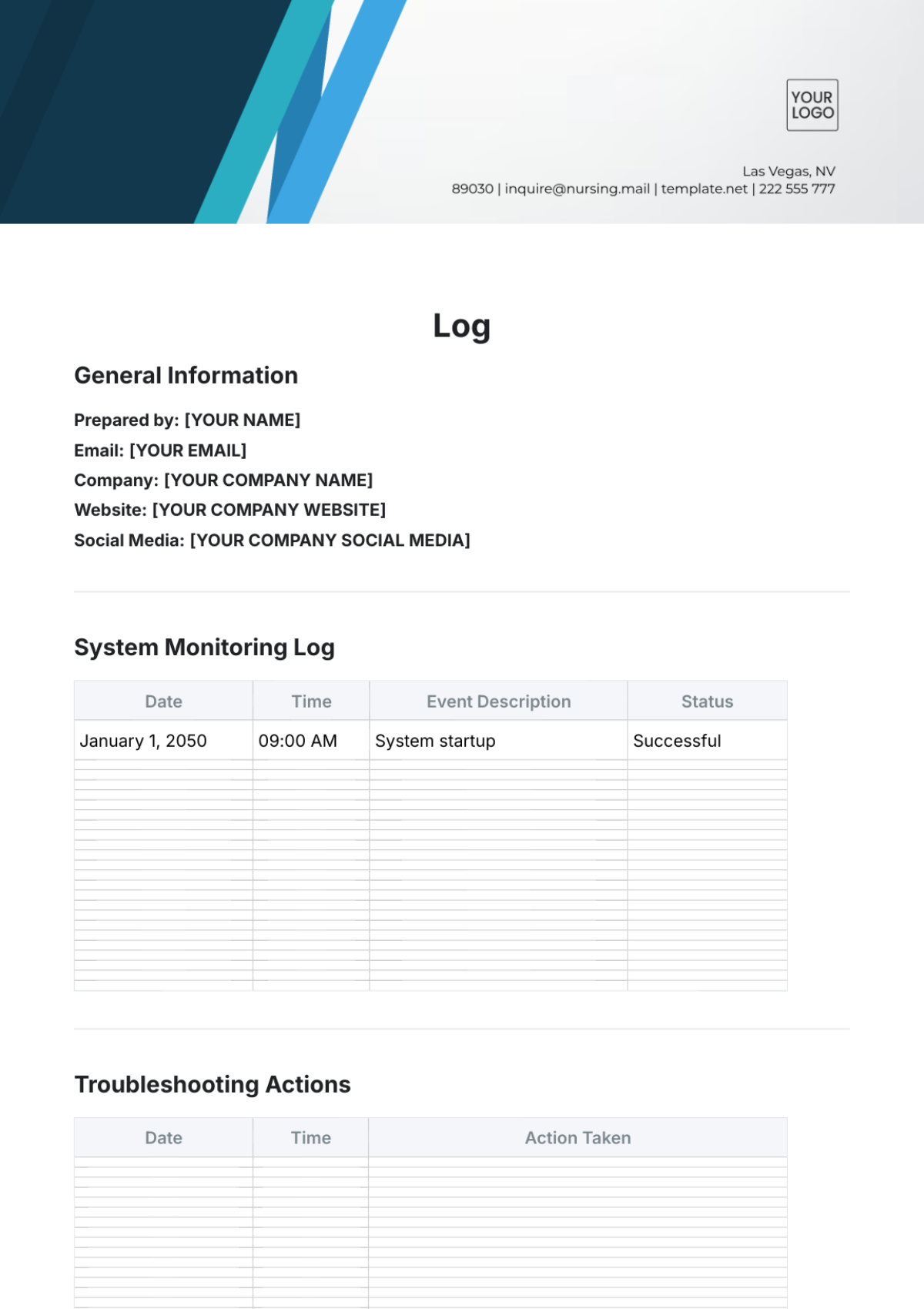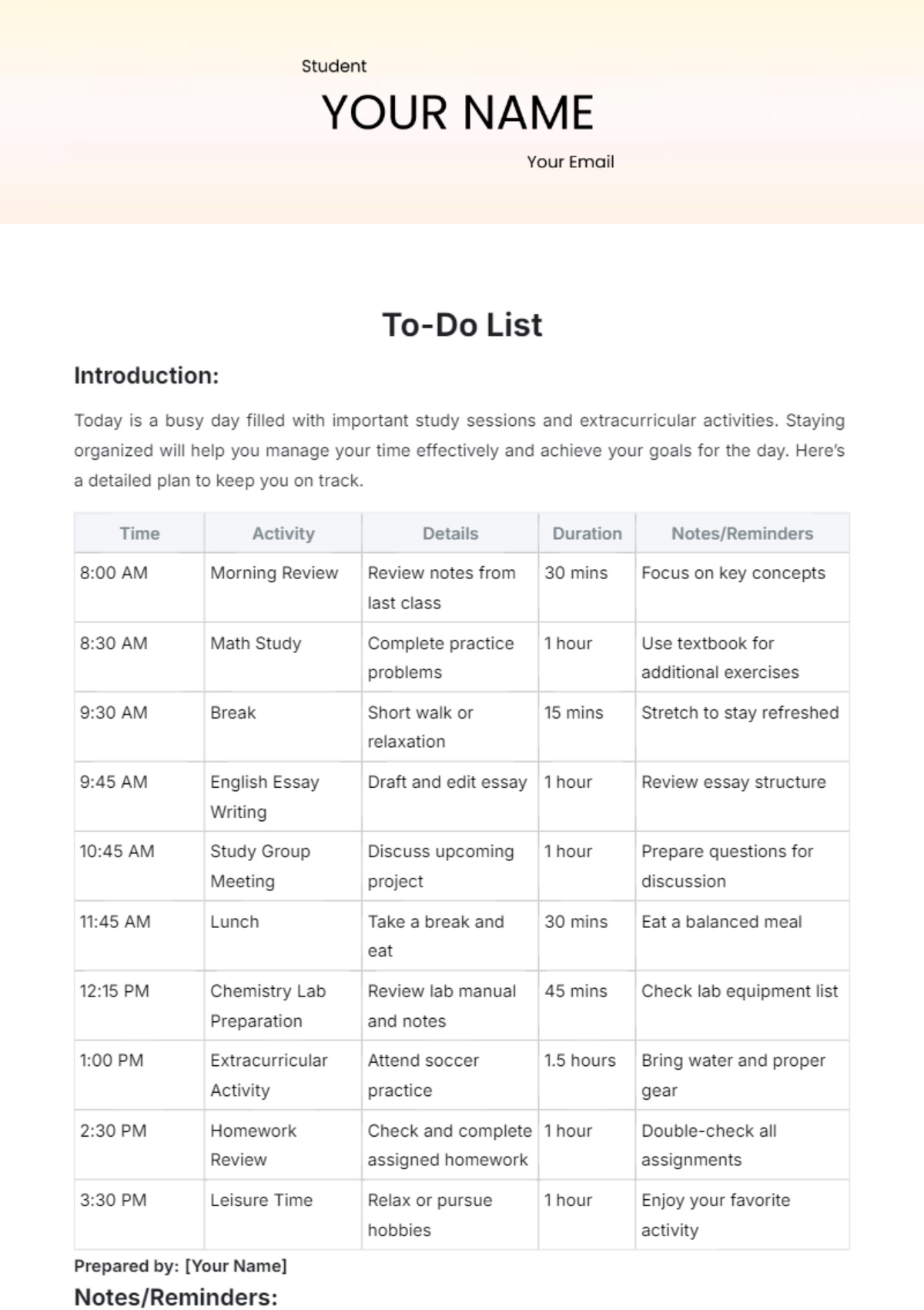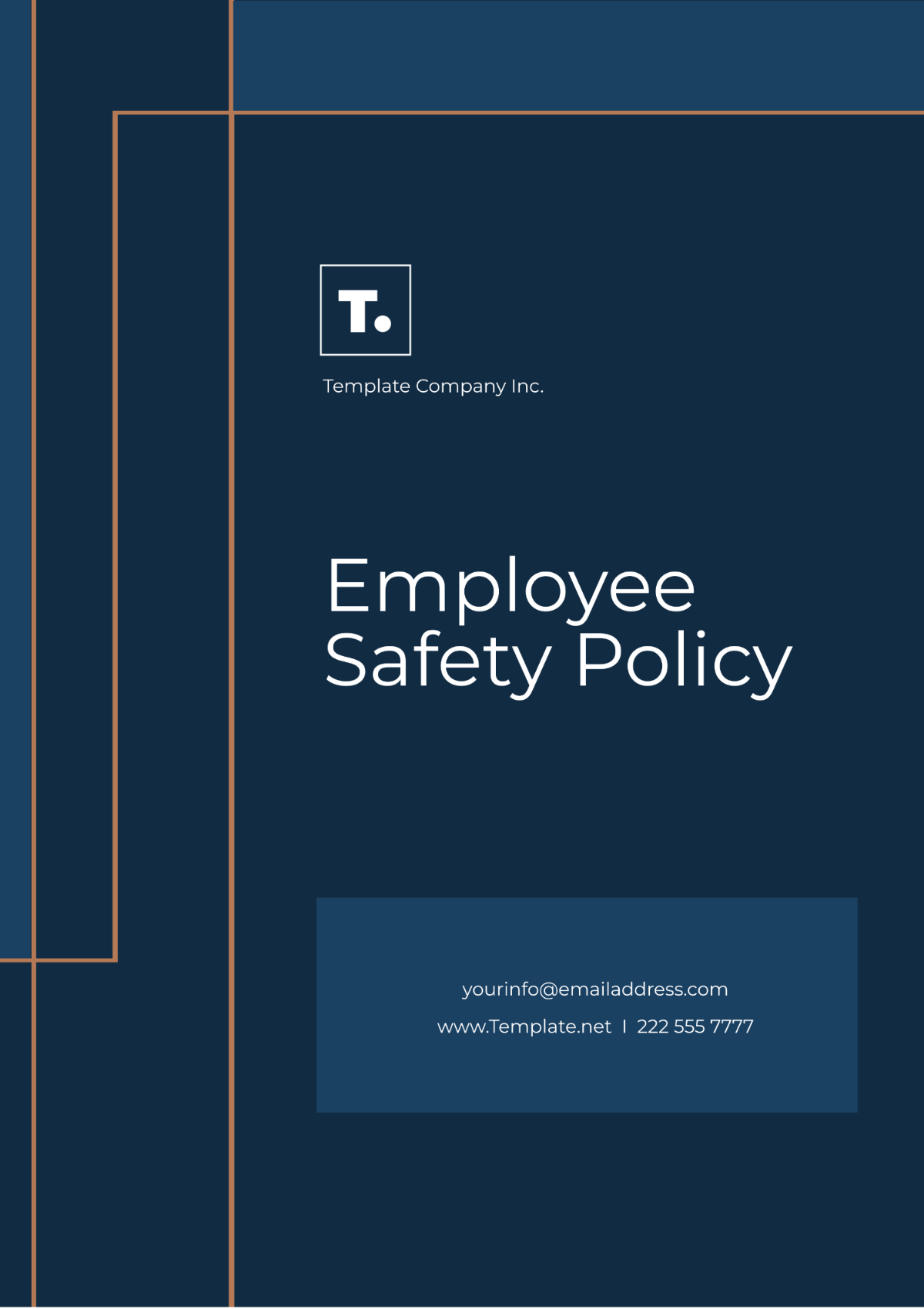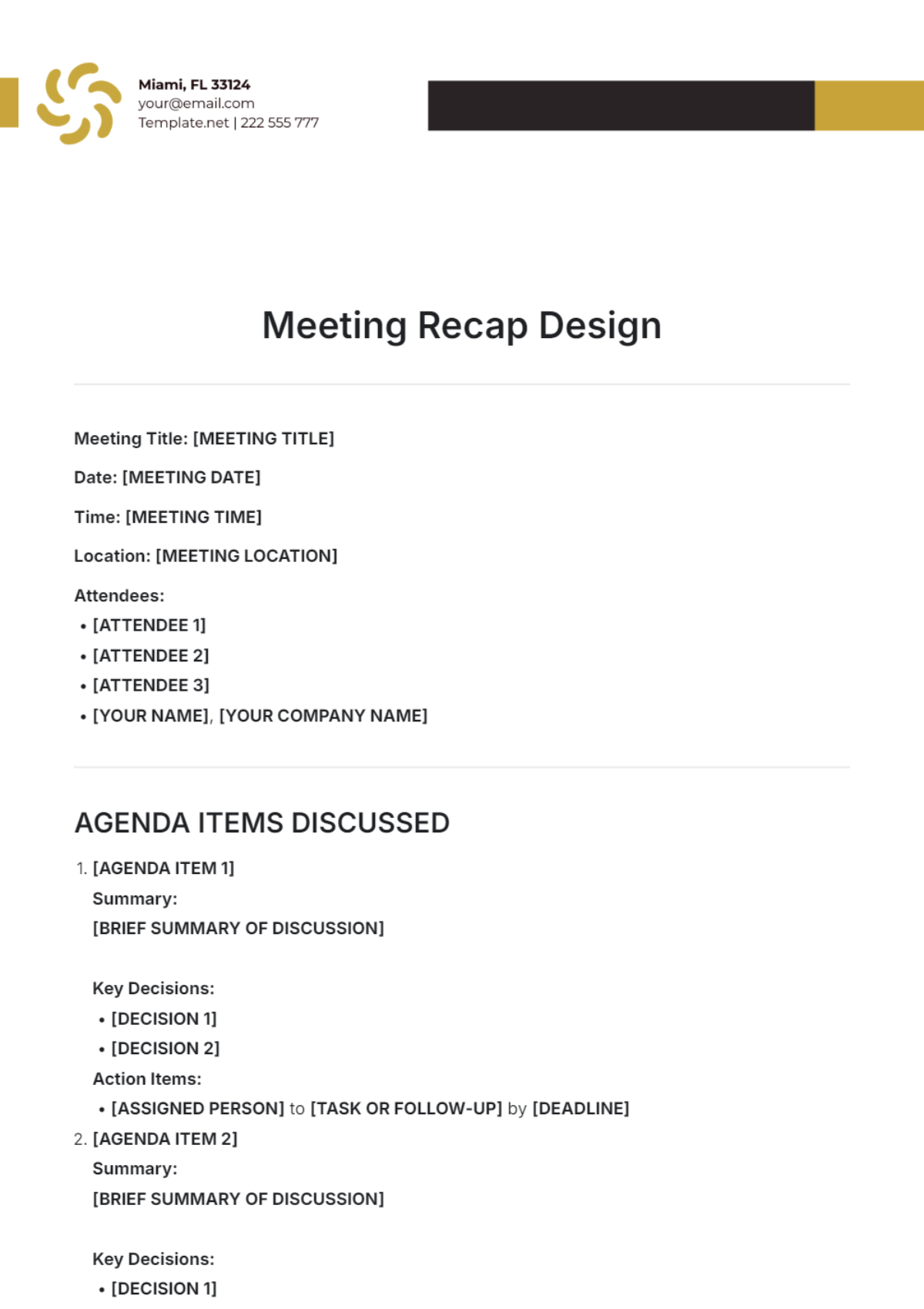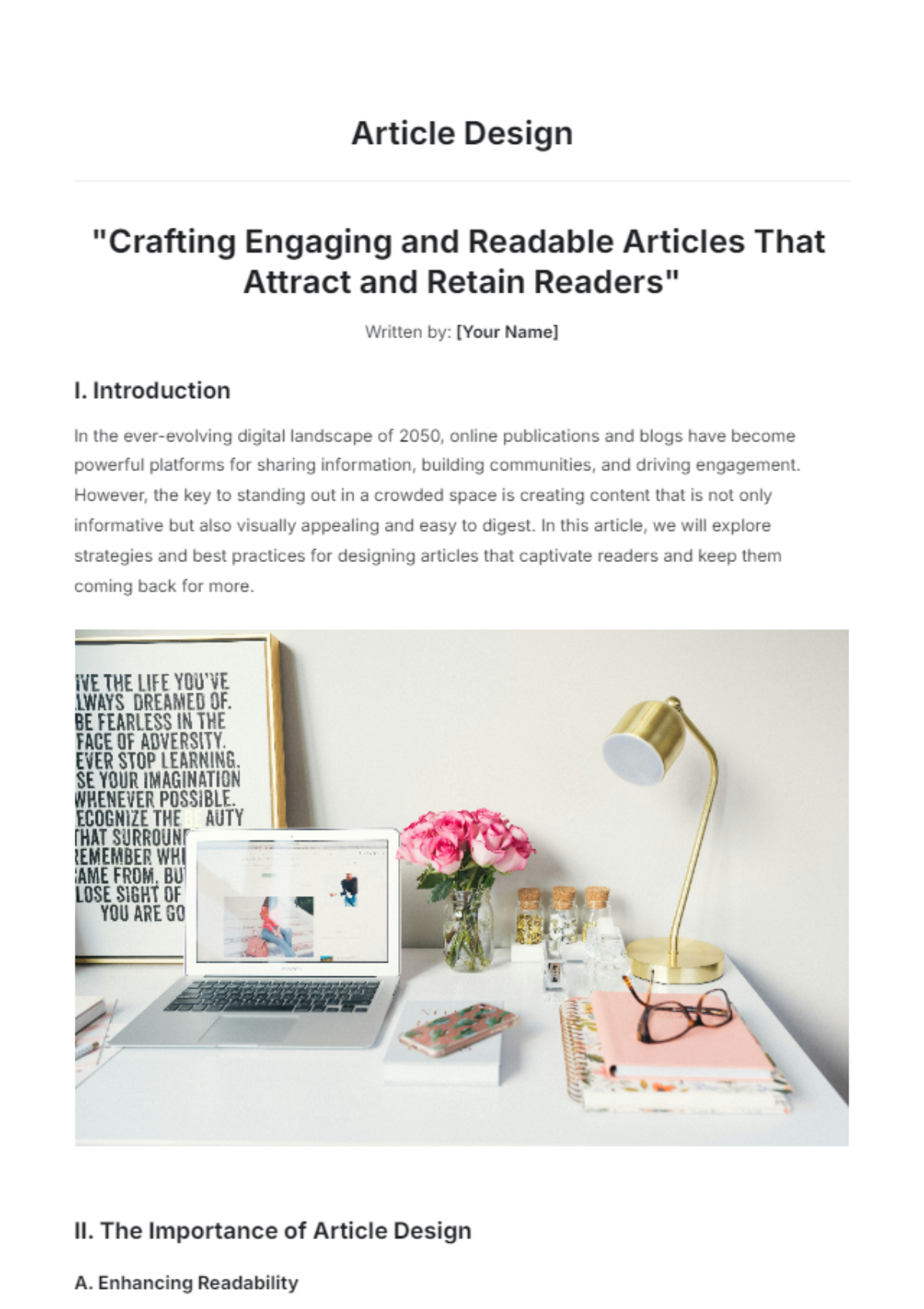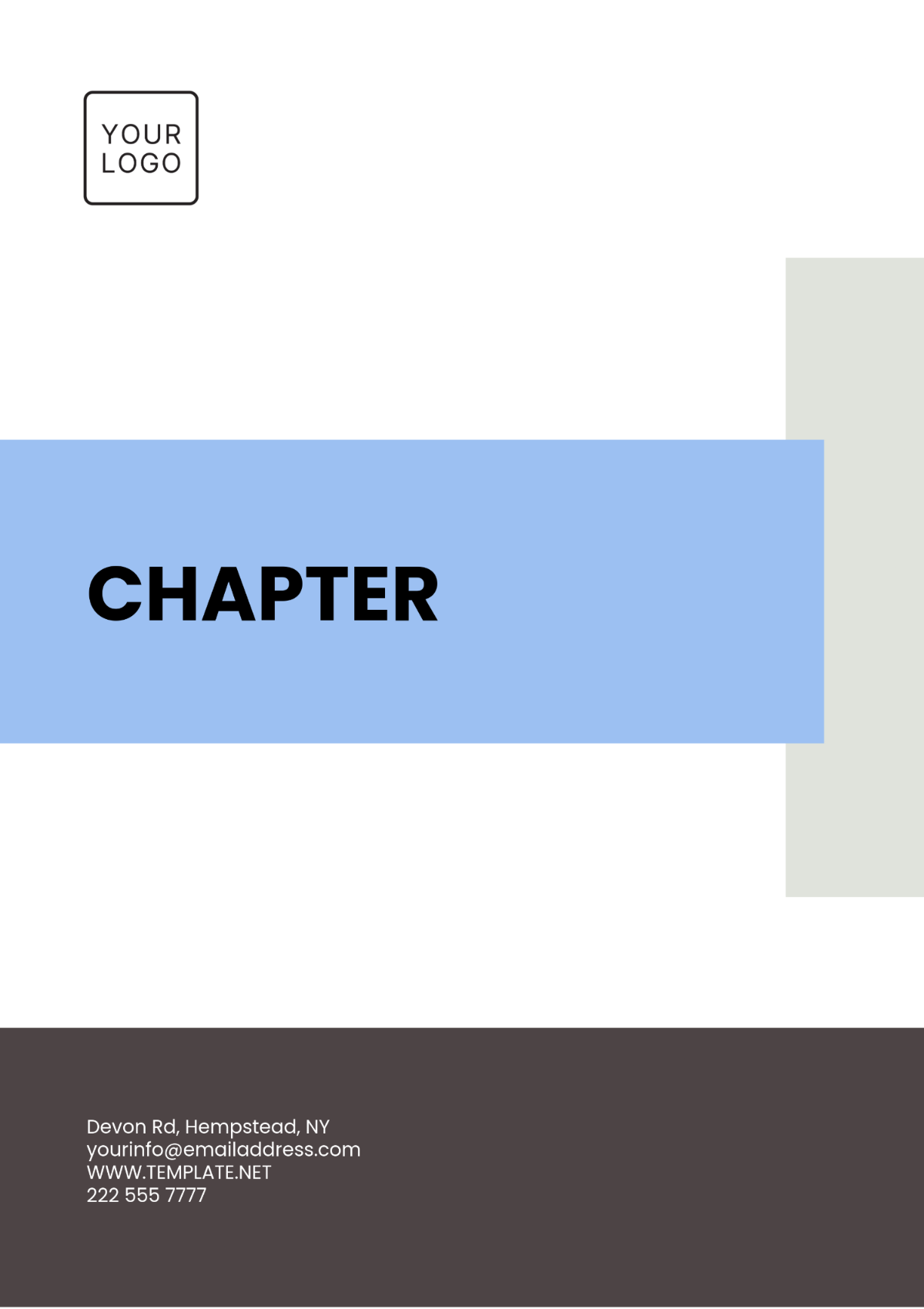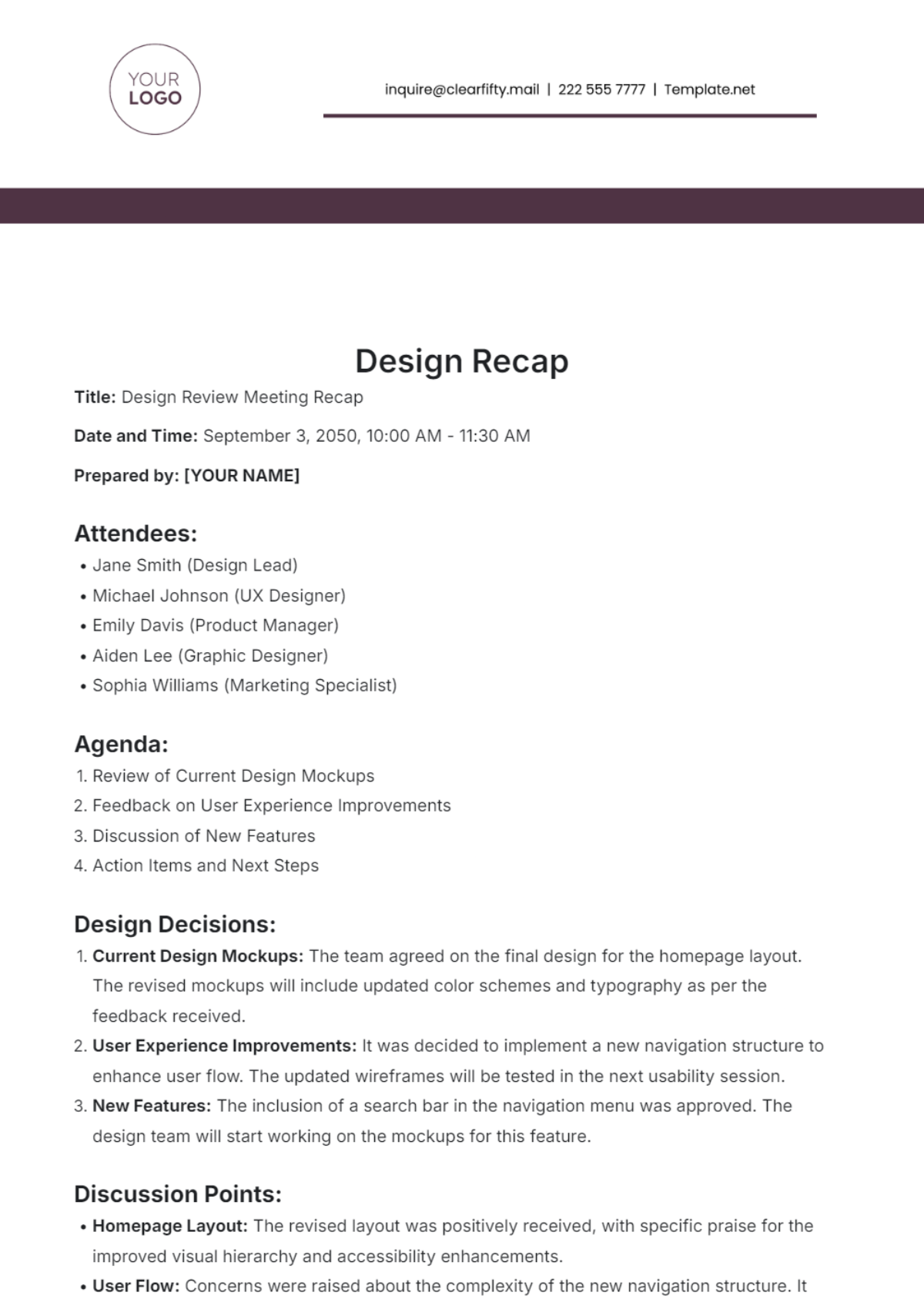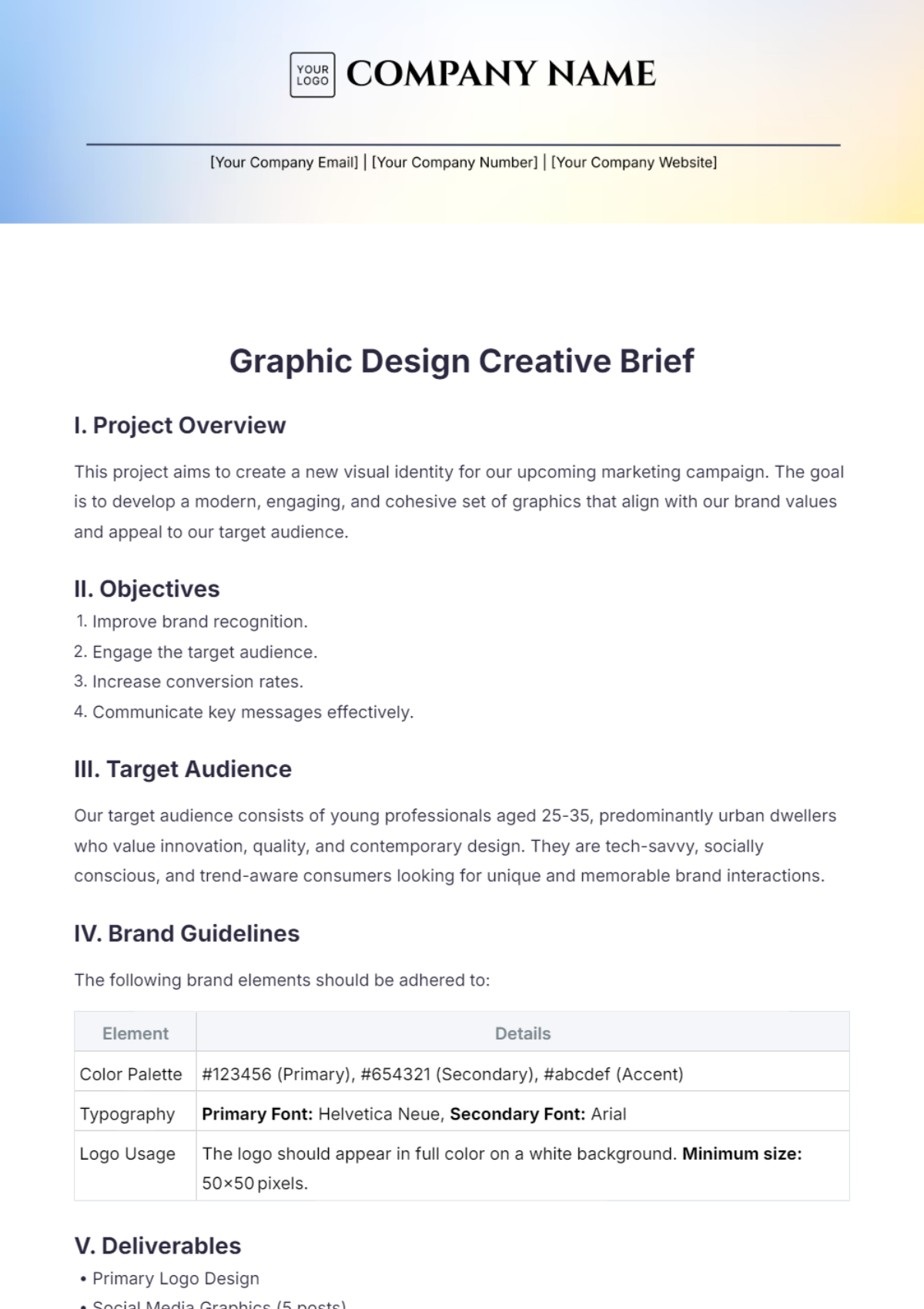Free IT Design Feasibility Study Template
IT Design Feasibility Study
1. Executive Summary
This feasibility study evaluates the potential implementation of "ProjectMaster Pro," a project management software for [Your Company Name]. The objective is to improve project tracking, resource management, and team collaboration across various departments.
2. Project Overview
2.1. Purpose
The purpose of this project is to enhance project management capabilities within [Your Company Name], enabling teams to work more efficiently and collaboratively.
2.2. Objectives
Streamline project workflows across all departments.
Improve resource allocation and utilization by 30%.
Increase team collaboration and transparency, resulting in a 25% increase in project delivery speed.
3. Technical Feasibility
3.1. Current Infrastructure
[Your Company Name] currently relies on manual tracking methods, including spreadsheets and emails, for project management. The existing IT infrastructure includes:
Workstations: 200 Windows-based computers
Network: High-speed fiber-optic internet connectivity (100 Mbps)
Cloud Services: Google Workspace for email and document sharing
3.2. Software Requirements
The software requirements for ProjectMaster Pro include:
Key Features: Task assignment, Gantt chart view, progress tracking, document sharing, real-time notifications, and reporting tools.
Integration Capabilities: Must integrate seamlessly with Google Workspace and existing accounting software (QuickBooks).
3.3. Technical Resources
The IT department, consisting of five experienced professionals, is equipped to implement and support the new software. Additional hardware is not required as the software is cloud-based.
4. Economic Feasibility
4.1. Cost Analysis
Software Licensing: $5,000/year for 50 users
Implementation Costs: $3,000 (includes training sessions, setup, and customization)
Ongoing Support Costs: $1,000/year
4.2. Benefit Analysis
Increased Efficiency: Estimated savings of $15,000/year from reduced project overruns and improved resource management.
Client Satisfaction: Faster project delivery is expected to lead to an increase in repeat business, projected to add $10,000/year in revenue.
4.3. Return on Investment (ROI)
Total Costs: $9,000 (first year)
Total Benefits: $25,000 (increased efficiency + client satisfaction)
ROI = (Benefits - Costs) / Costs = (25,000 - 9,000) / 9,000 = 177.78%
5. Operational Feasibility
5.1. User Acceptance
Initial surveys indicate that 85% of employees support implementing a project management tool, with specific requests for features such as mobile access and integration with email notifications.
5.2. Training Requirements
A comprehensive training program will be developed, including:
Training Duration: 2 sessions per team (2 hours each)
Training Format: In-person workshops and online tutorials
6. Schedule Feasibility
Implementation Timeline
Phase 1 (Planning): 1 month (September 2050)
Phase 2 (Implementation): 2 months (October - November 2050)
Phase 3 (Training): 1 month (December 2050)
Total Duration: 4 months (Completion by December 2050)
7. Conclusion and Recommendations
The implementation of ProjectMaster Pro is feasible from technical, economic, and operational perspectives. The projected ROI of 177.78% indicates strong financial benefits. It is recommended to proceed with the project, ensuring proper planning, adequate training, and ongoing support to facilitate a successful transition.
